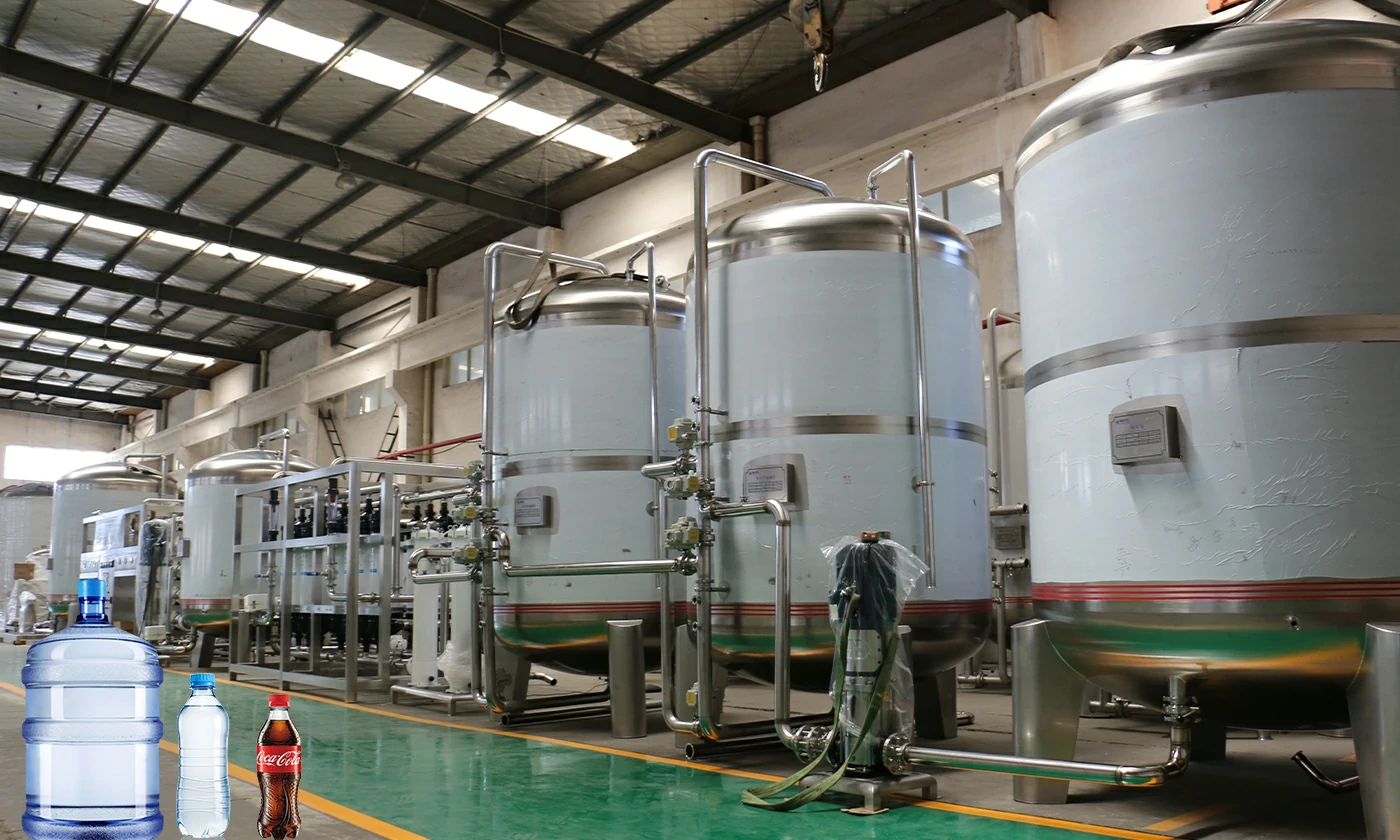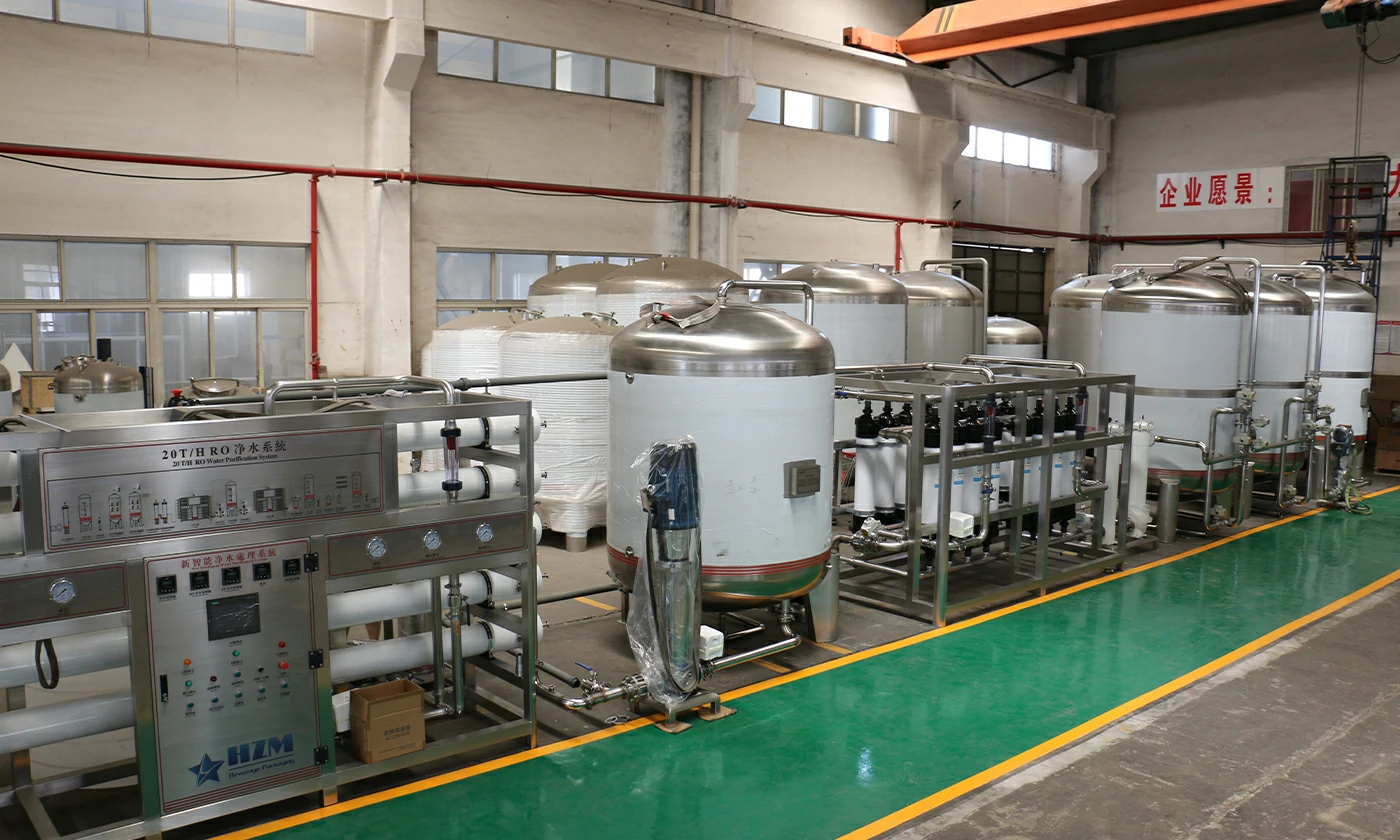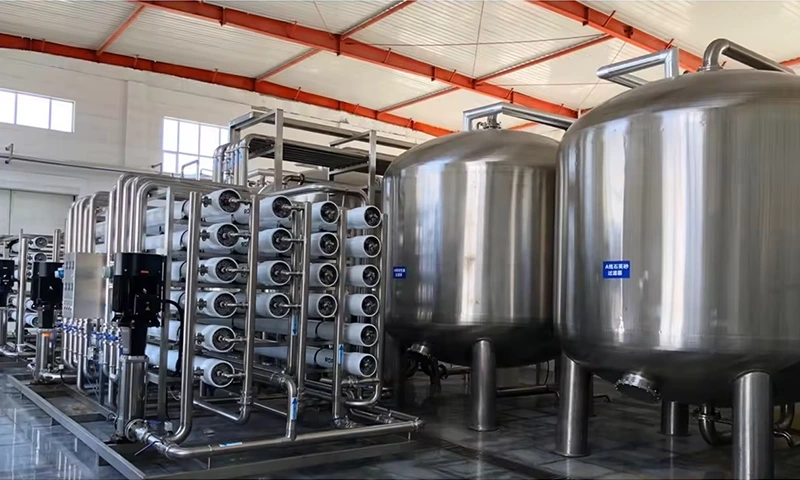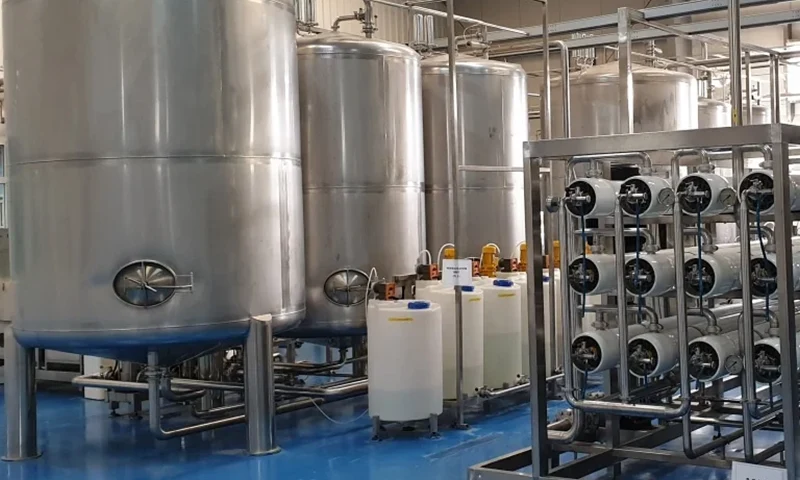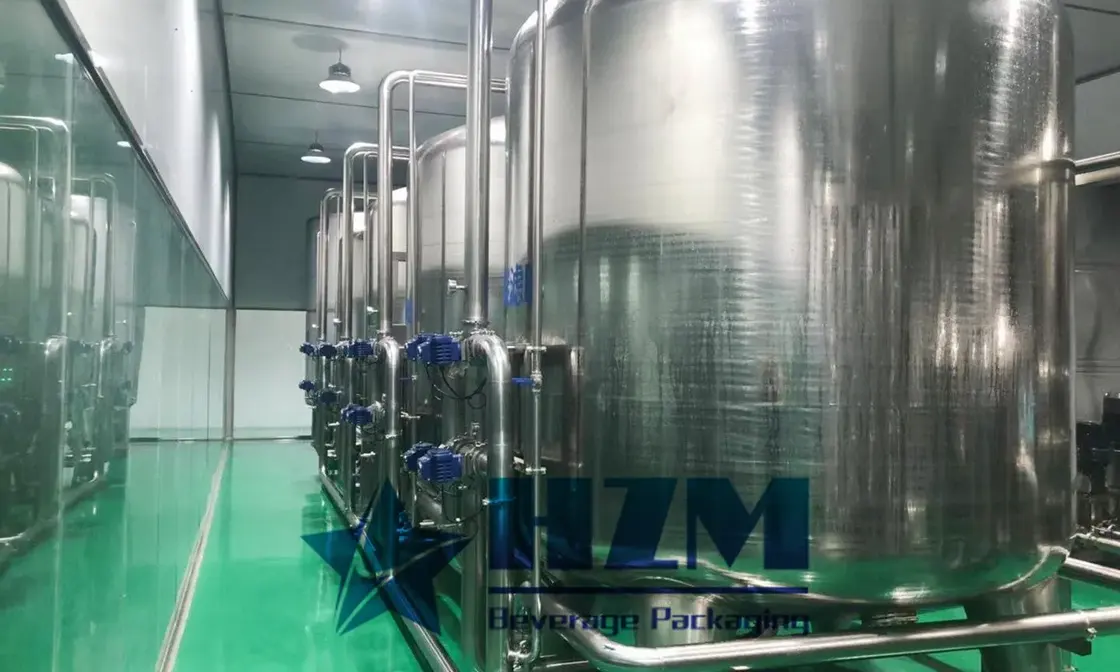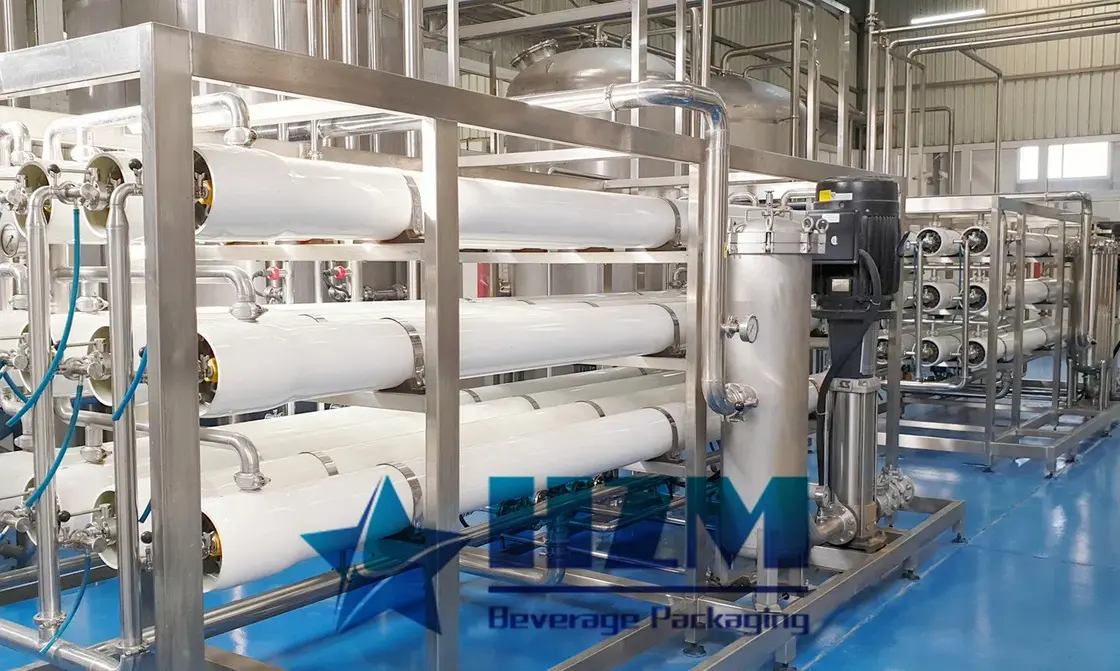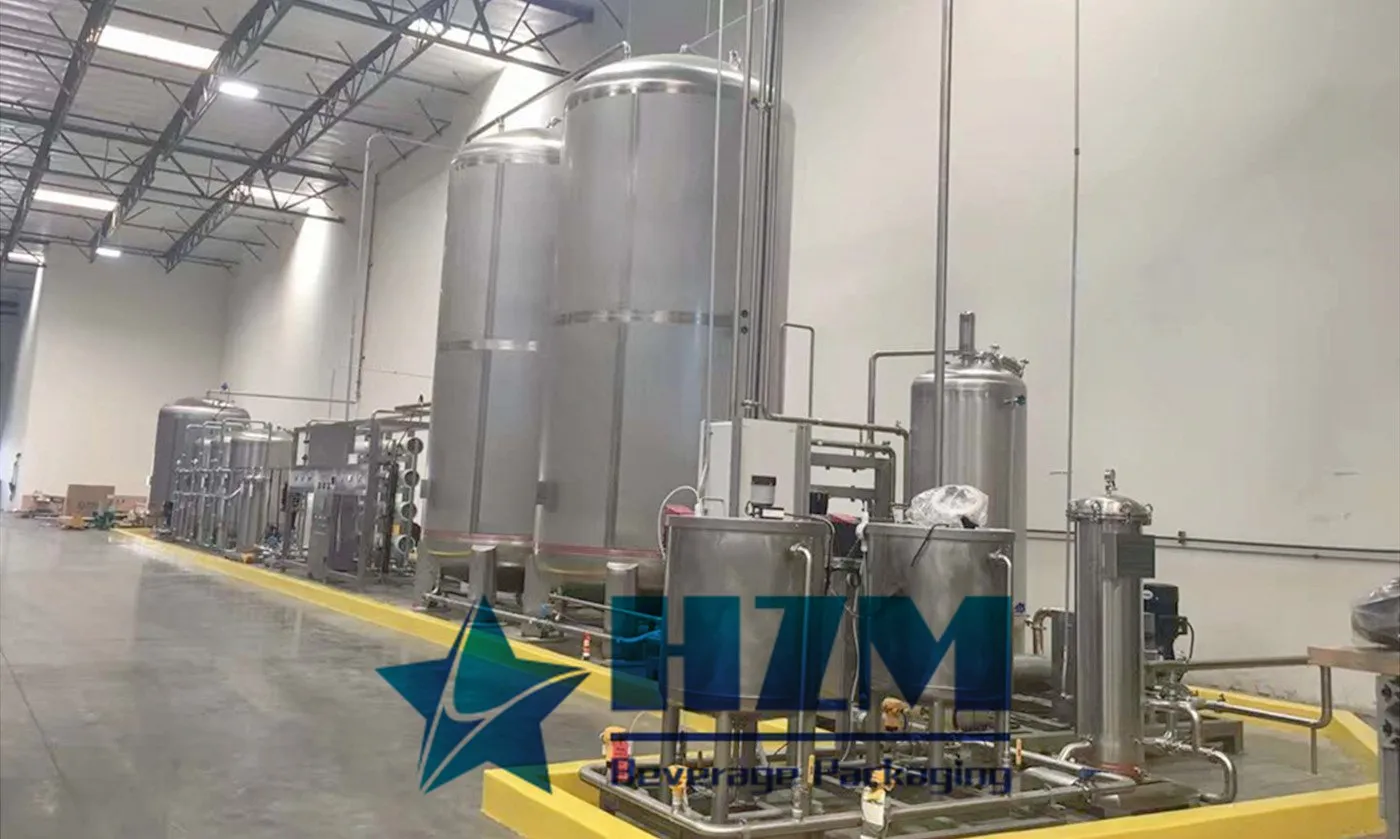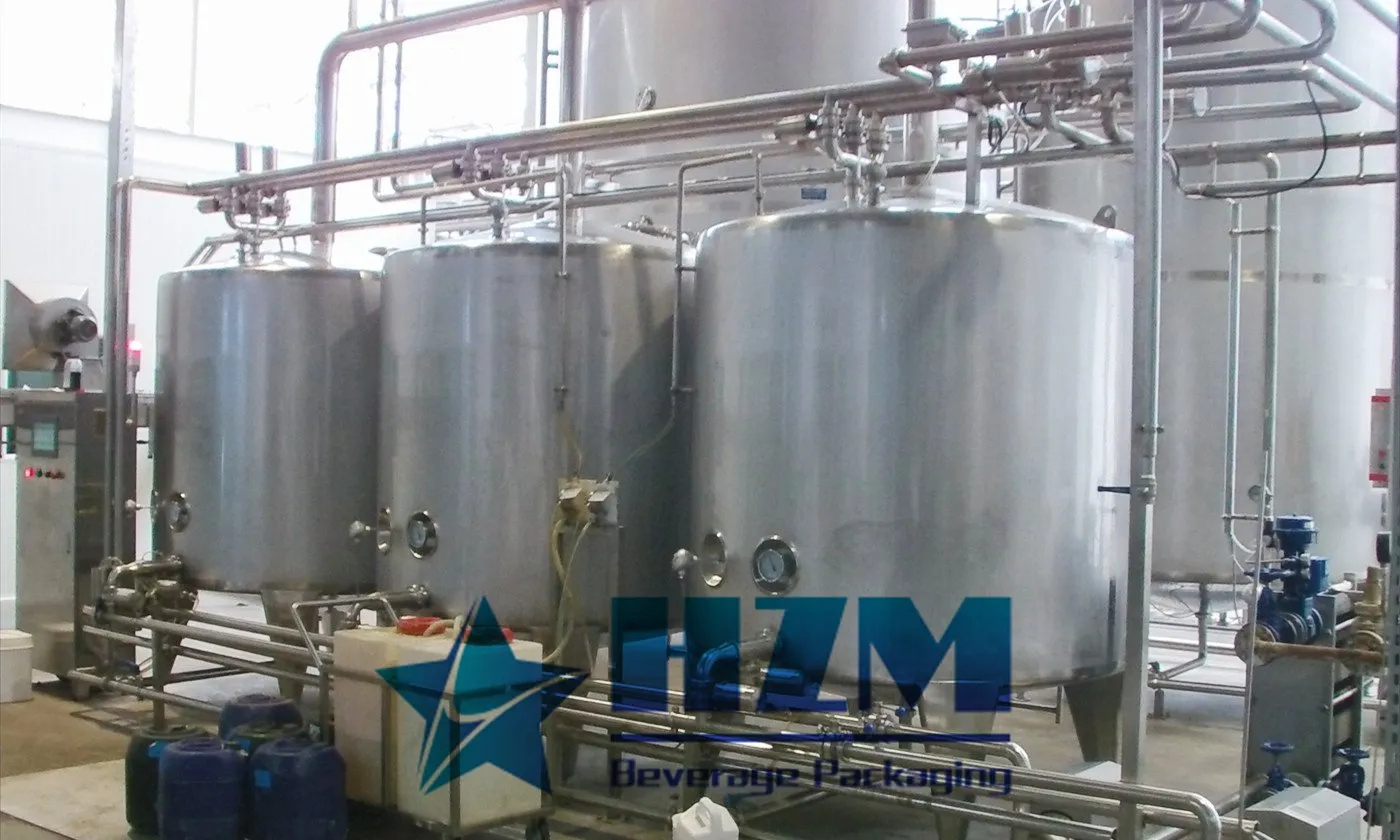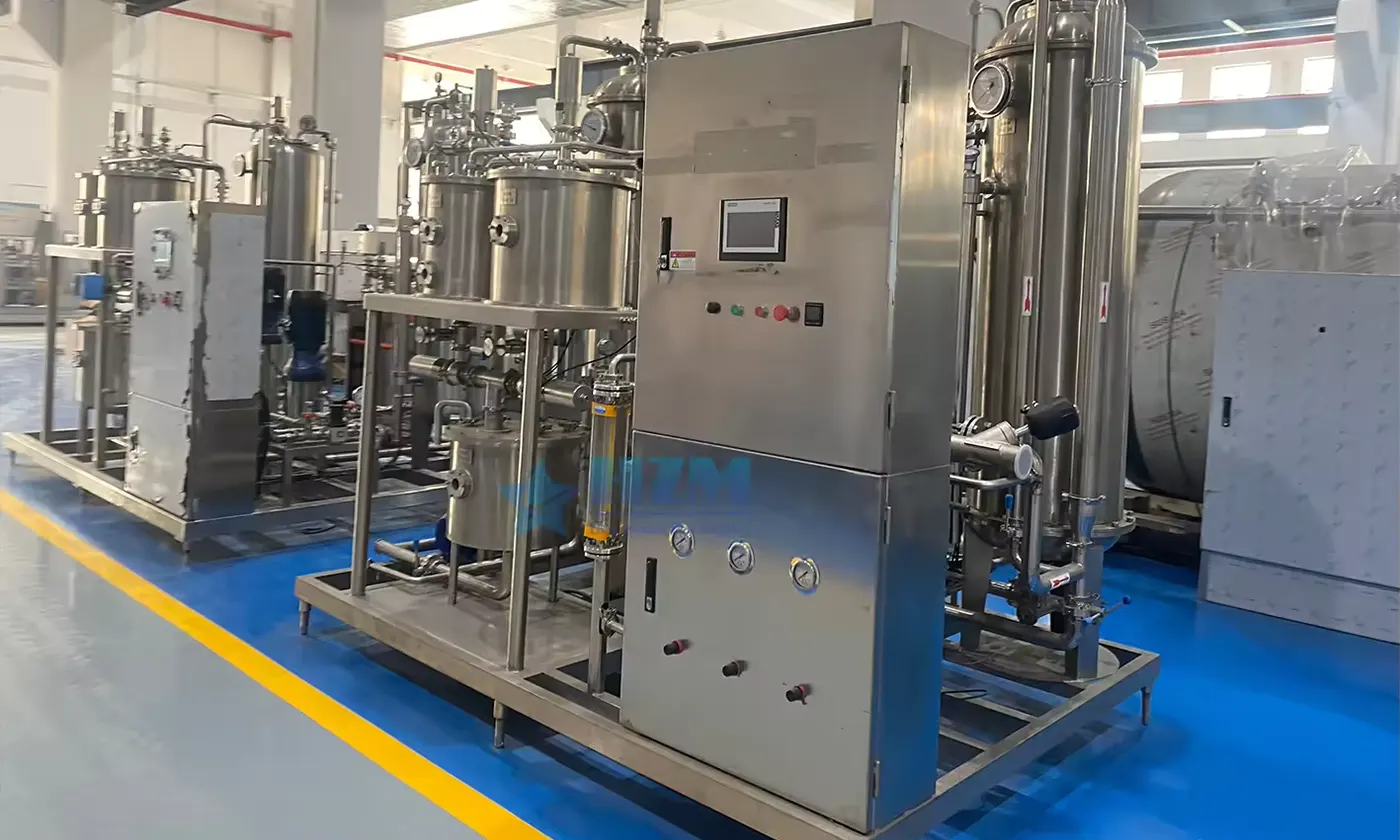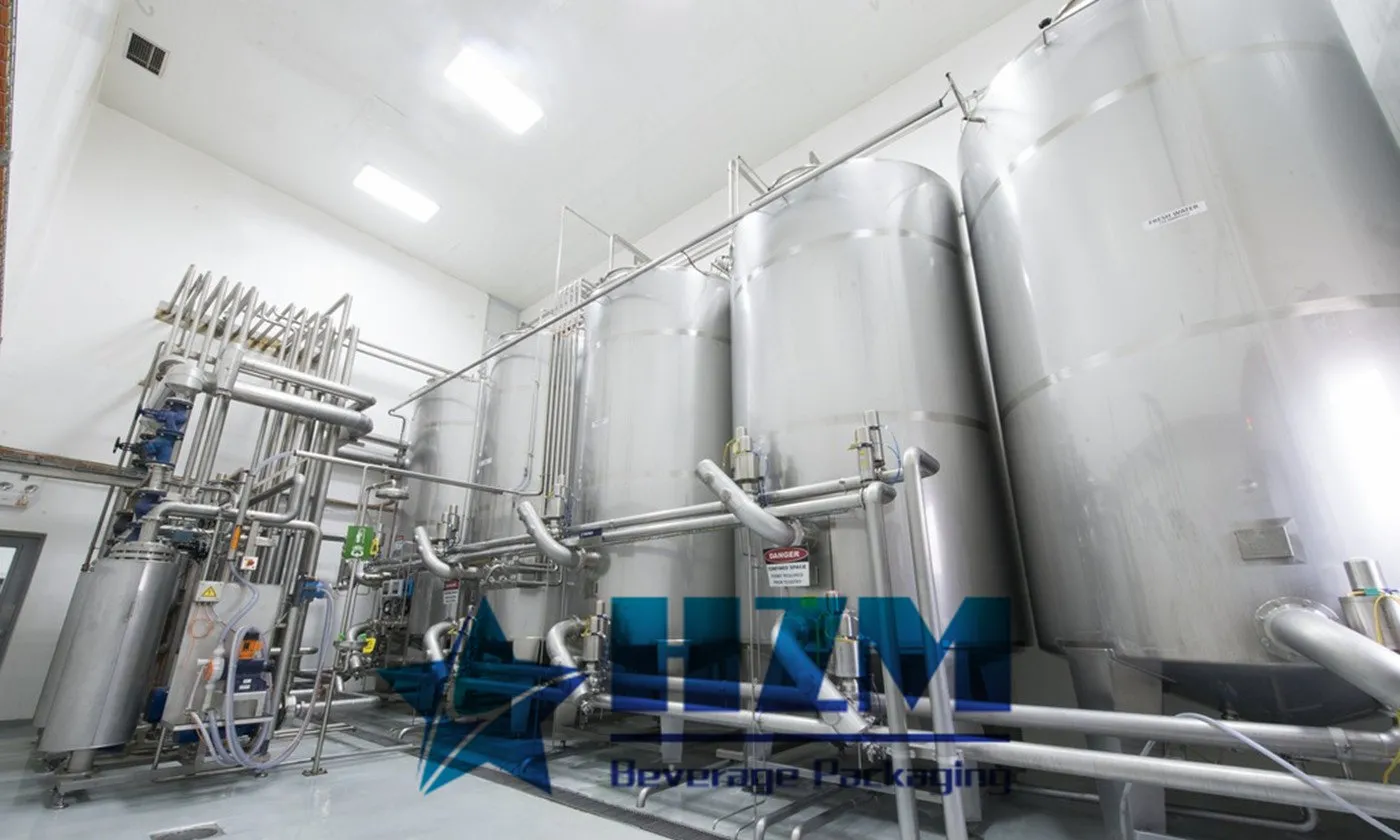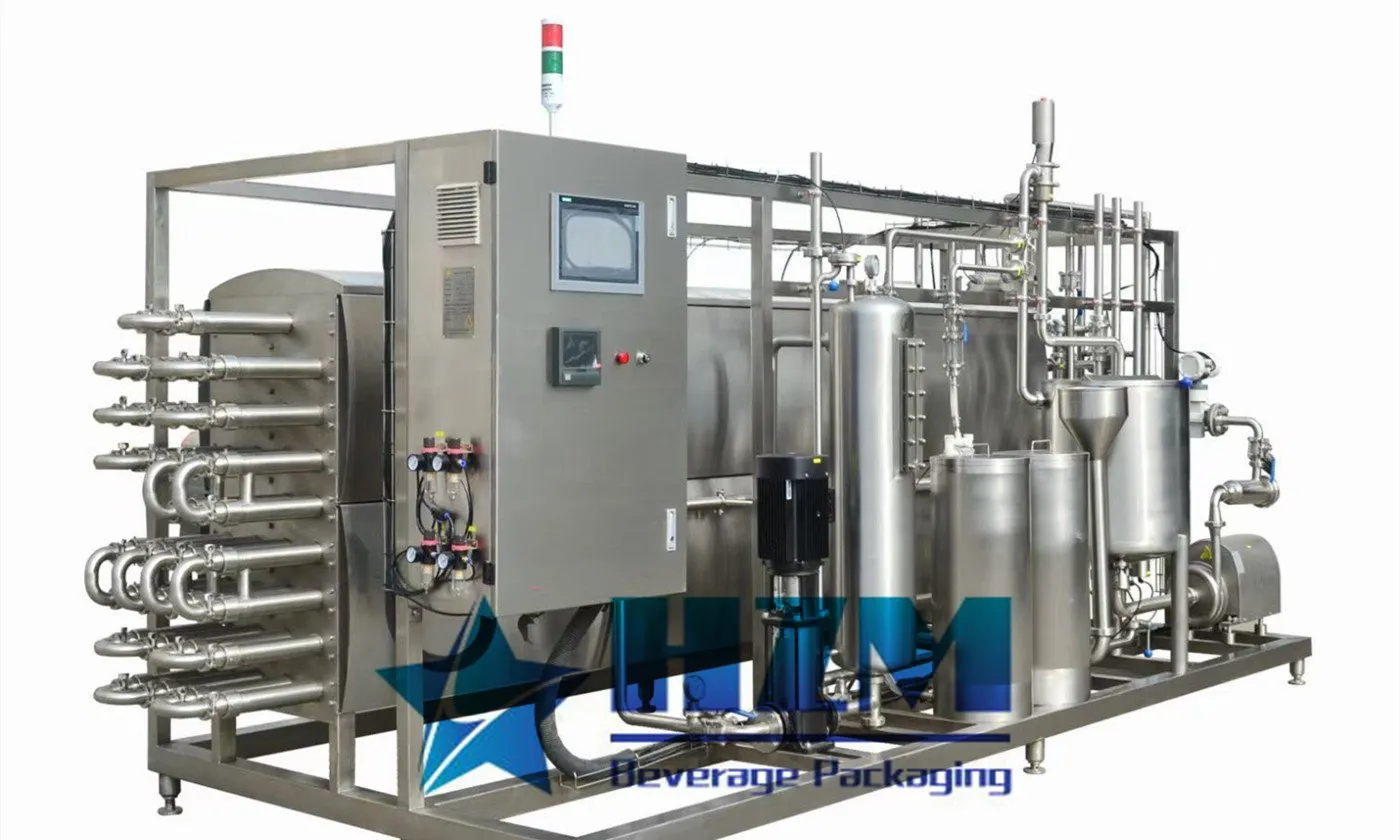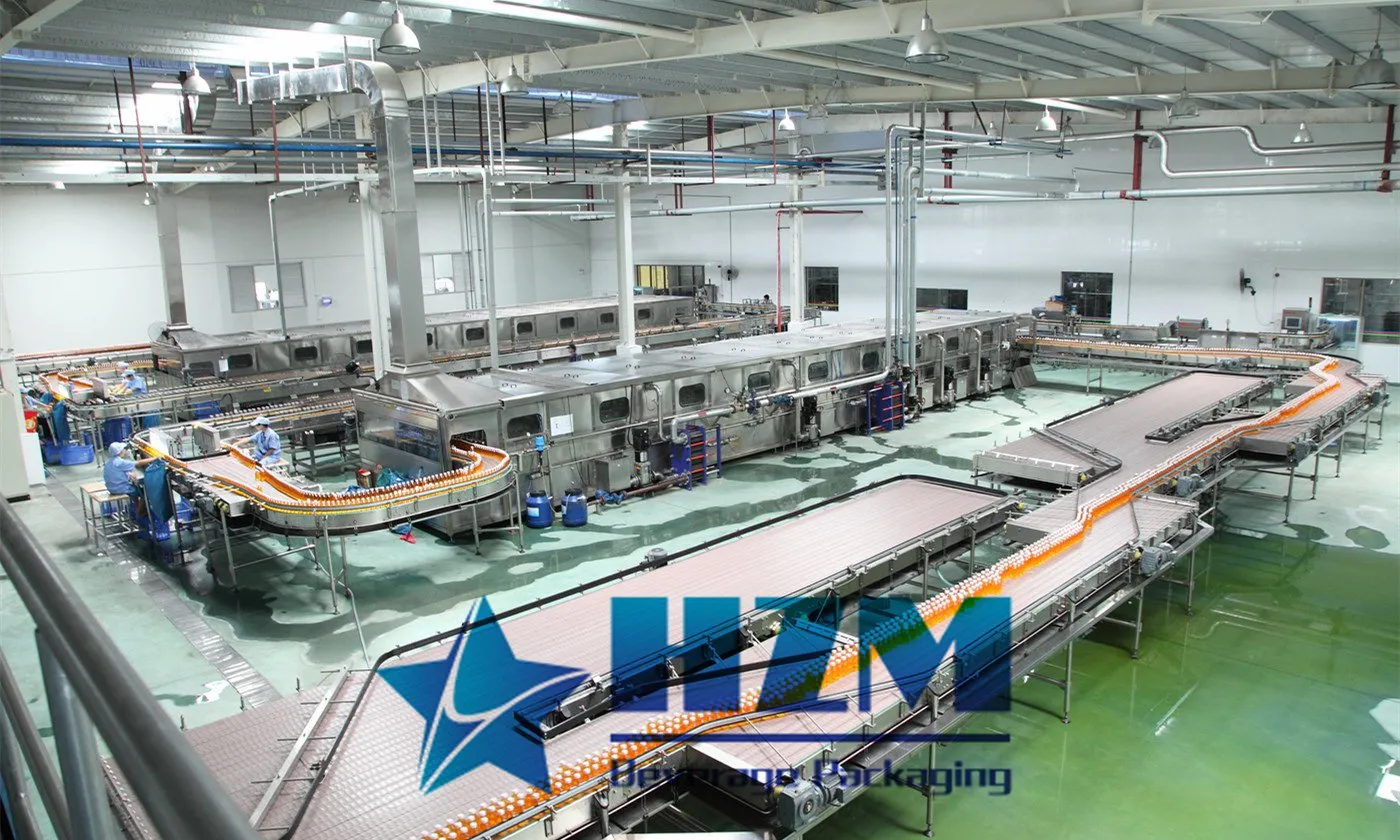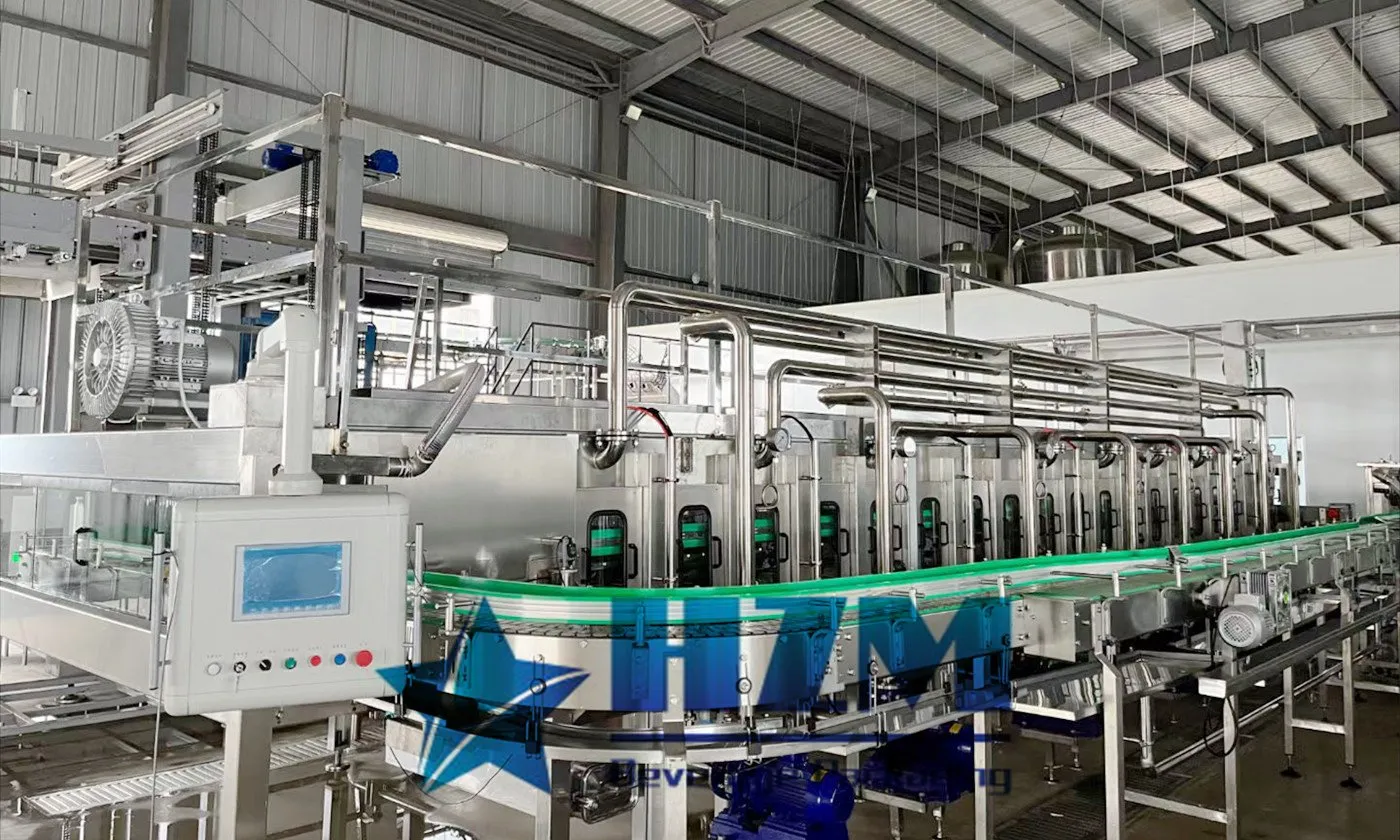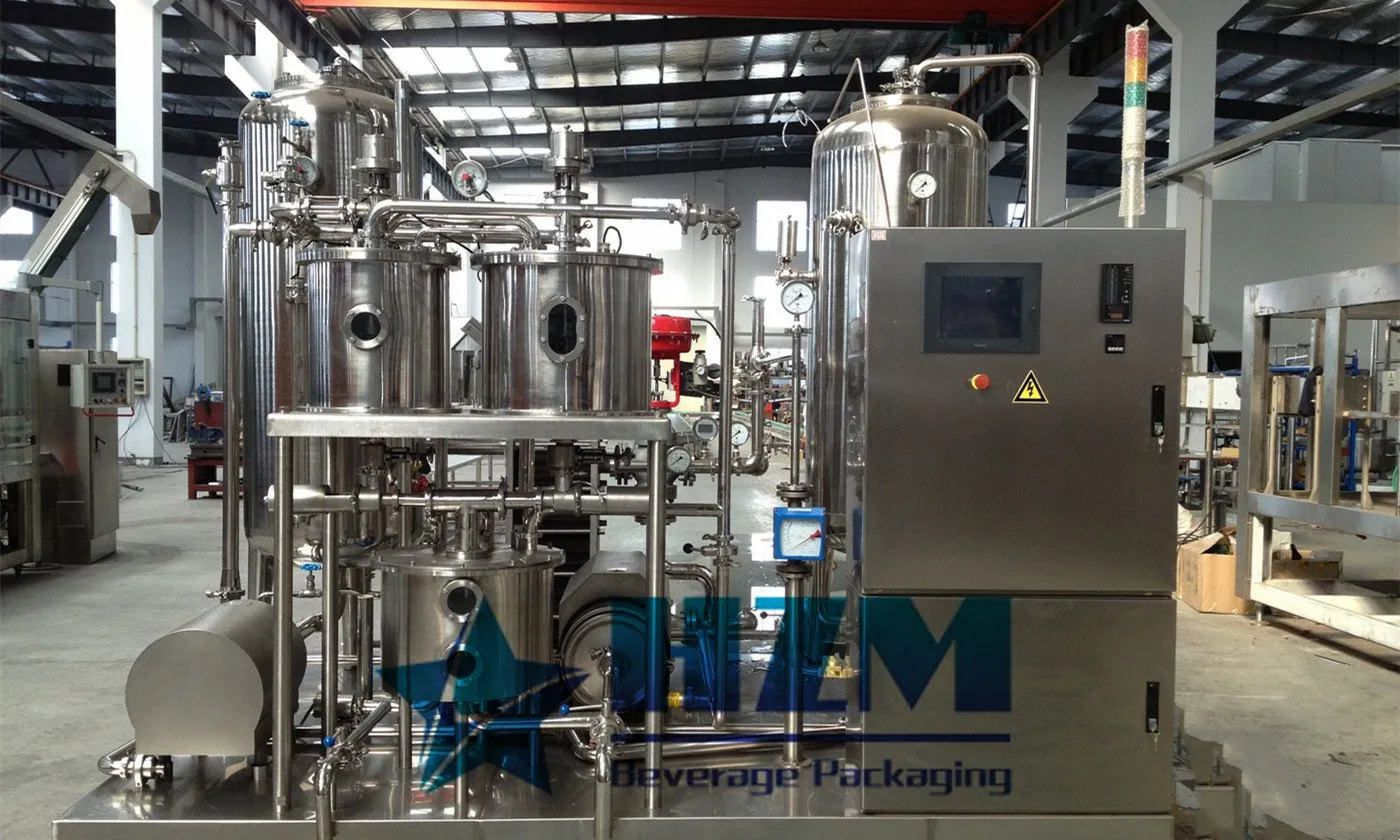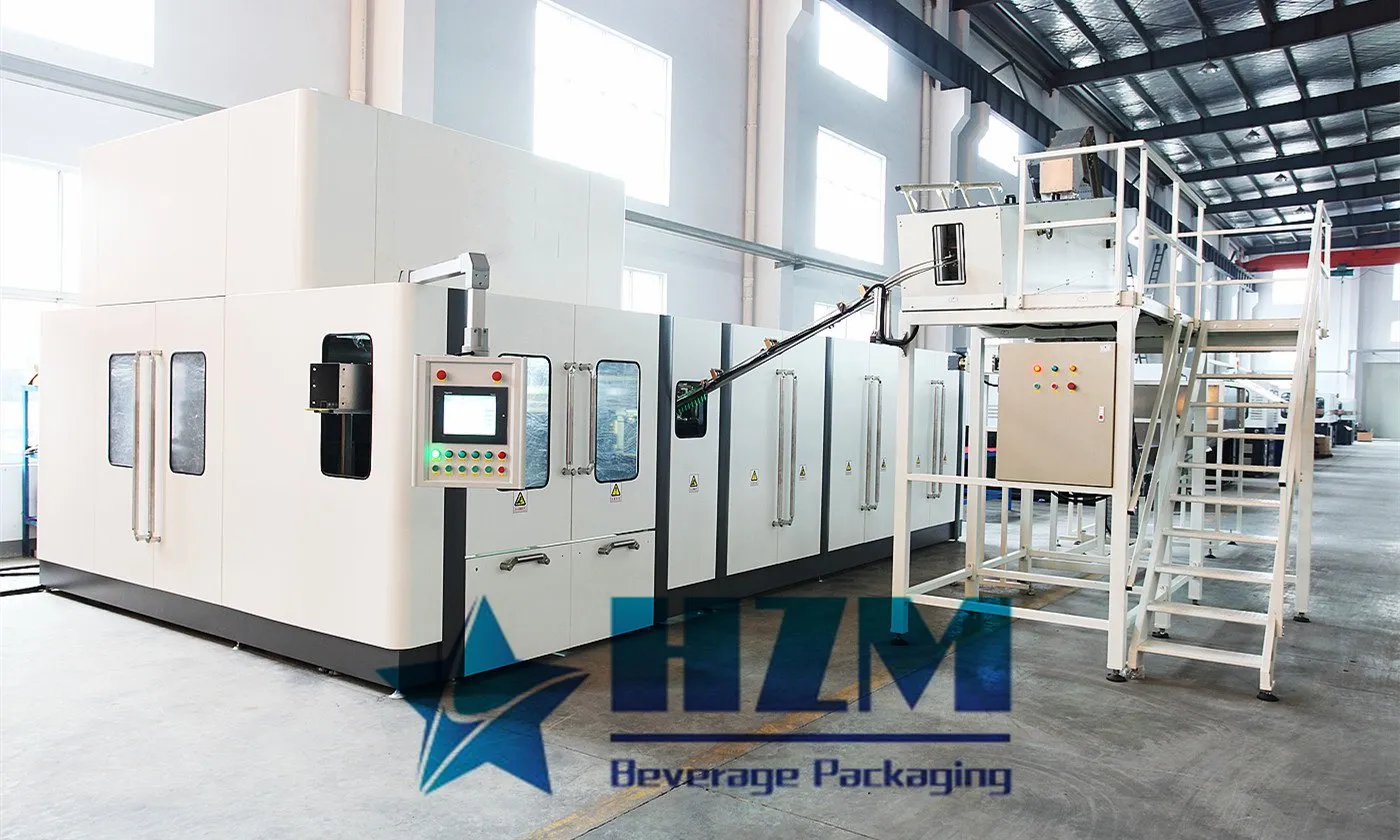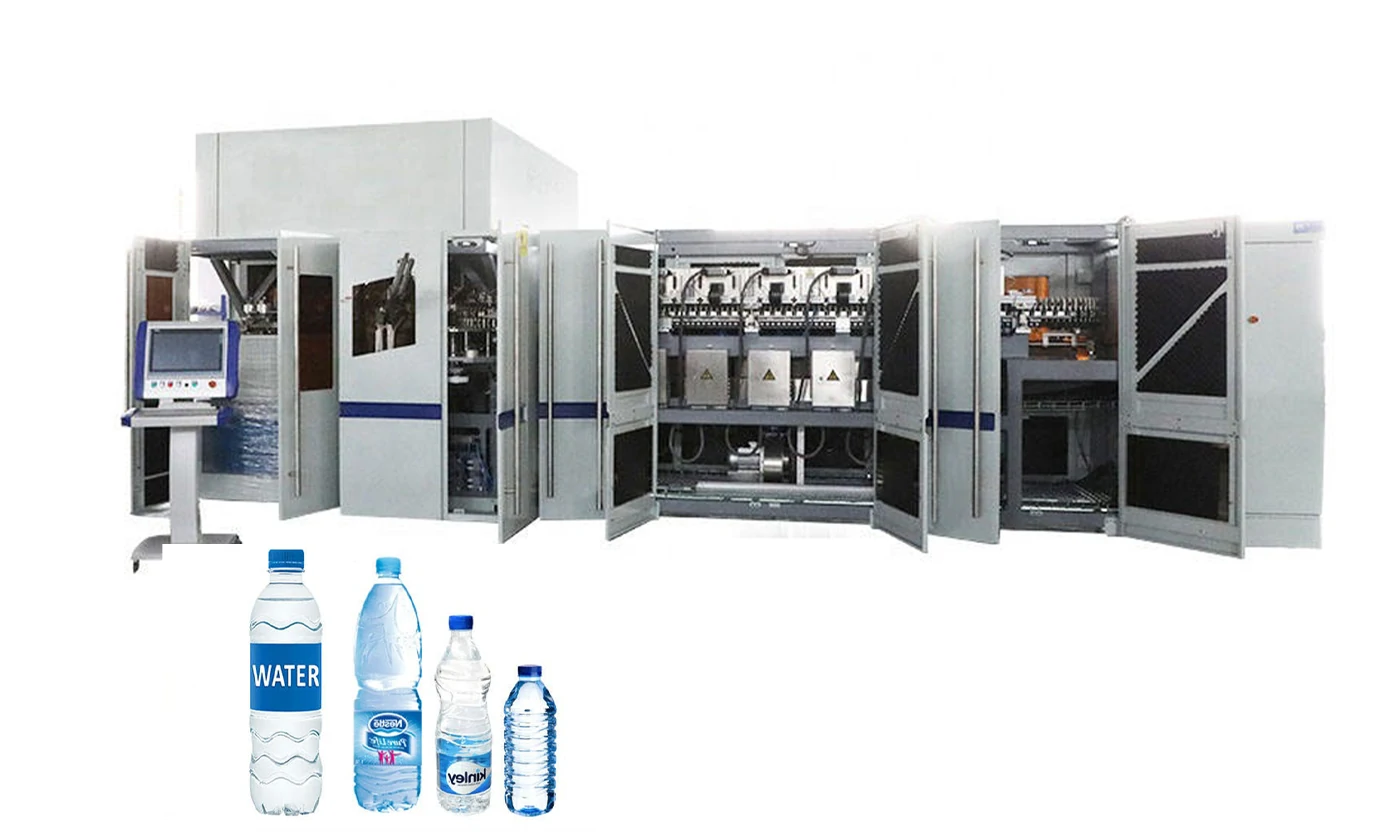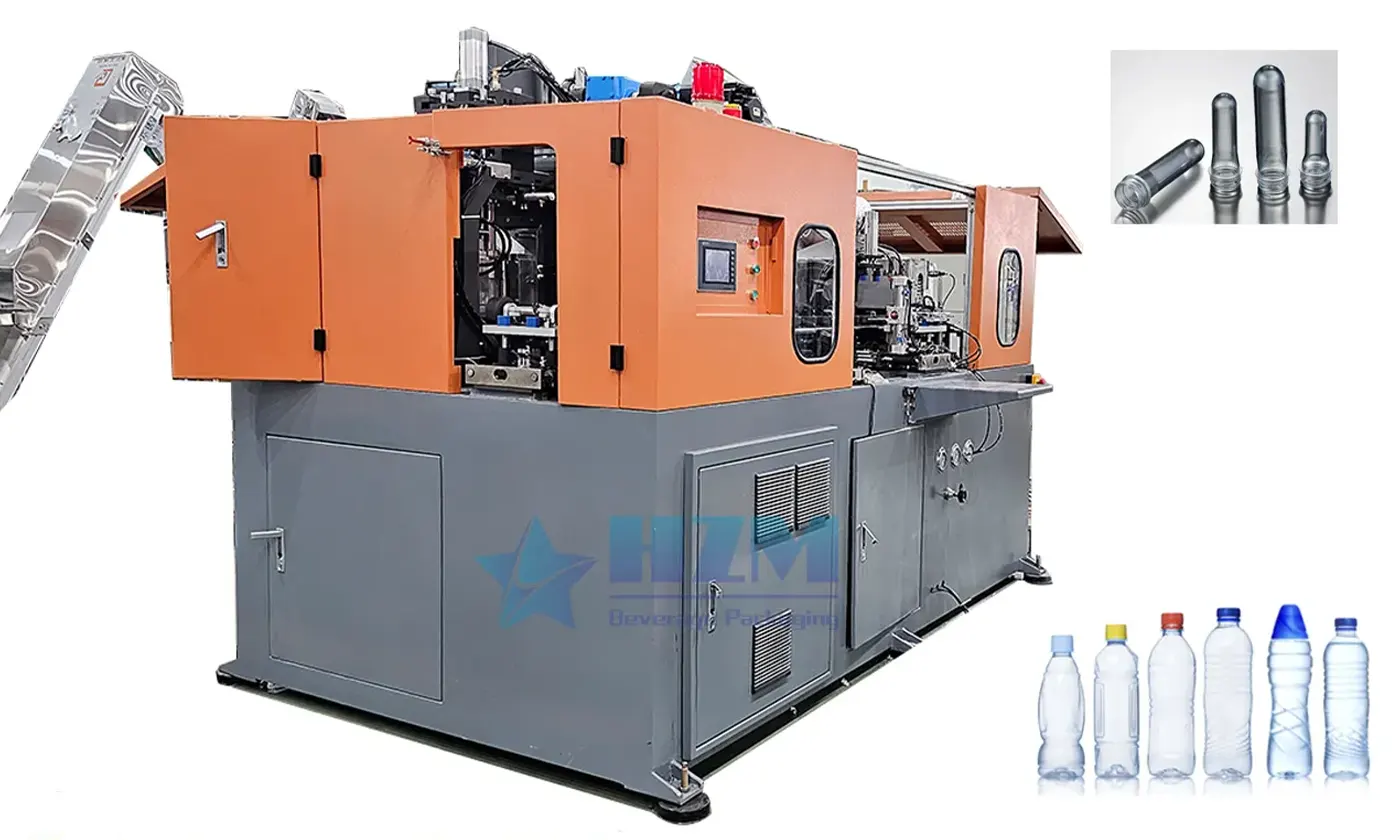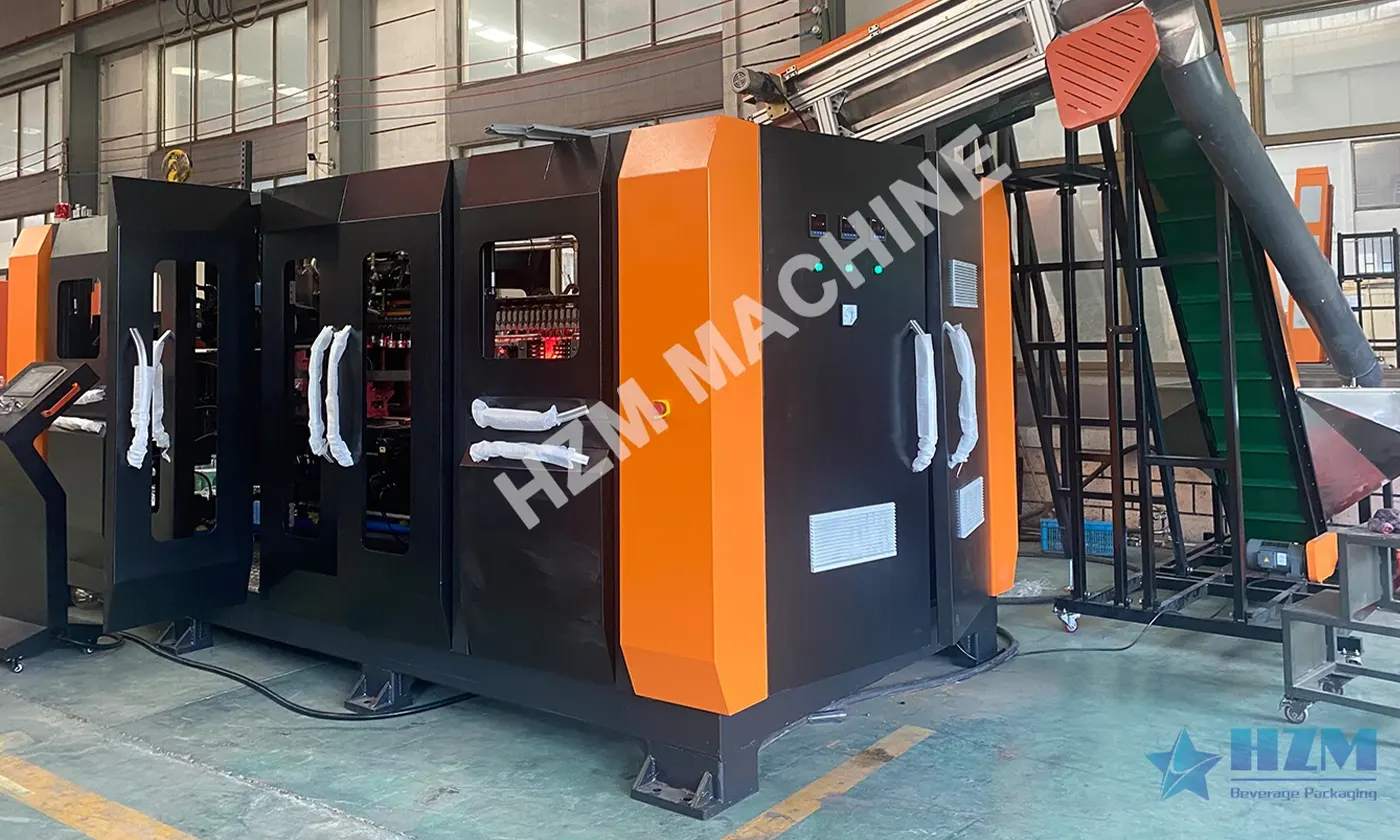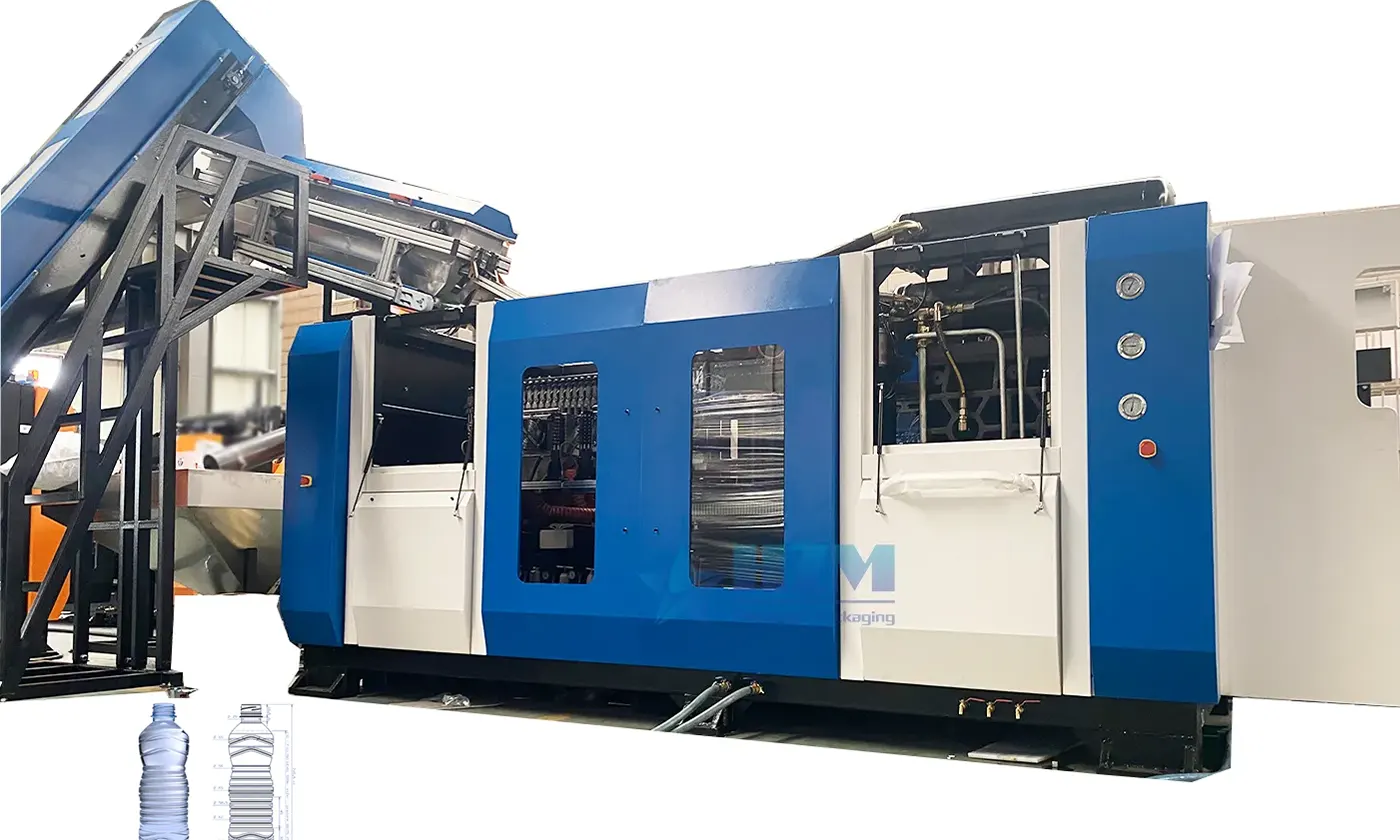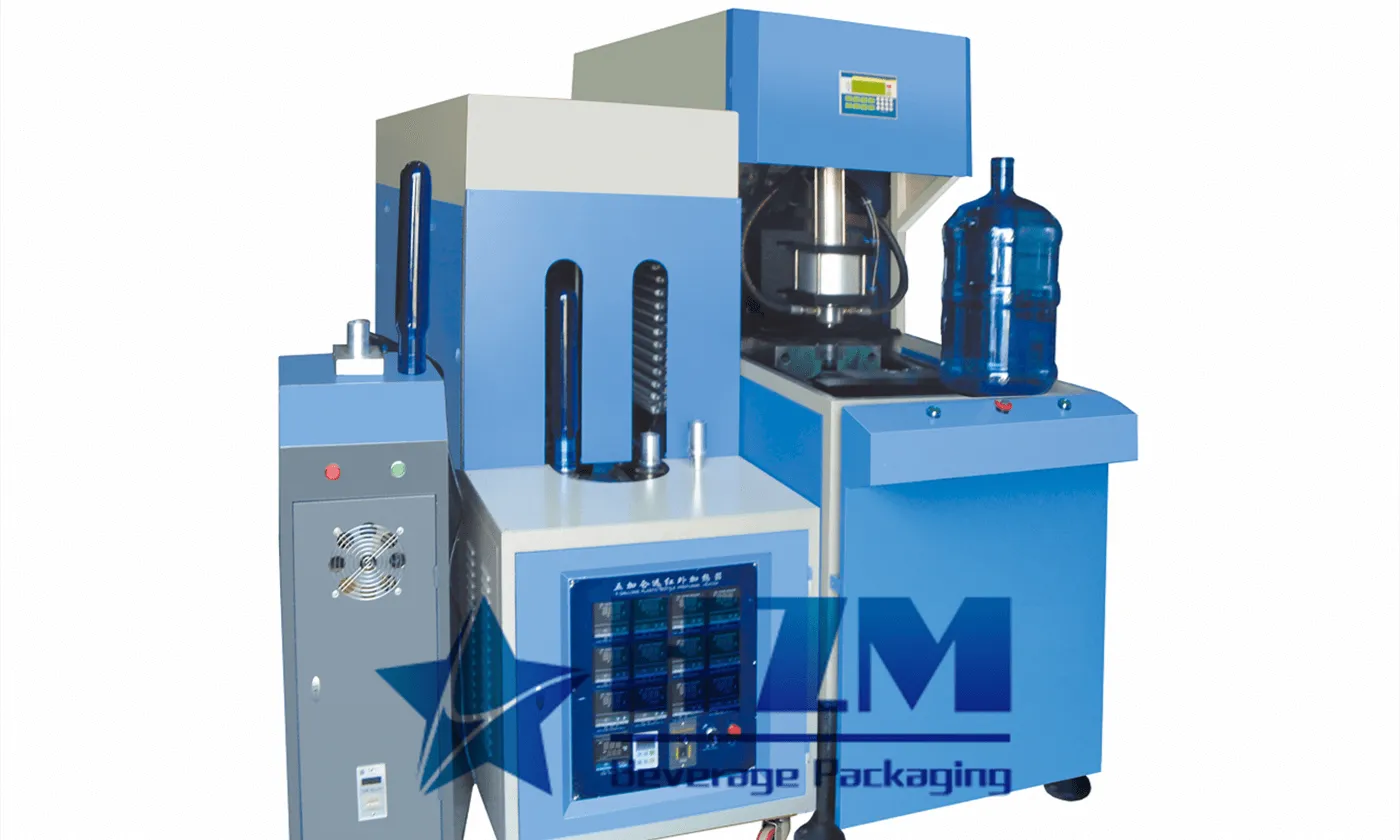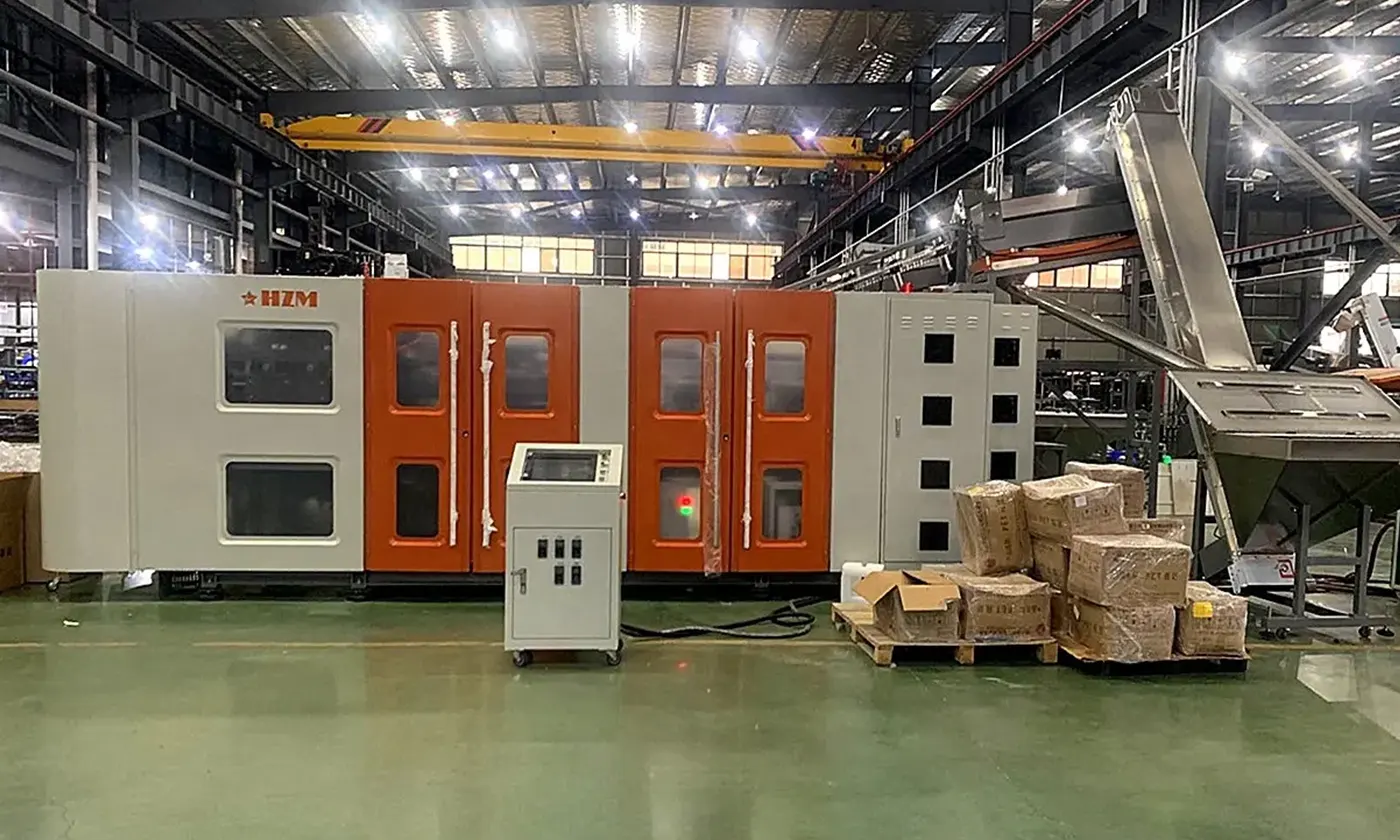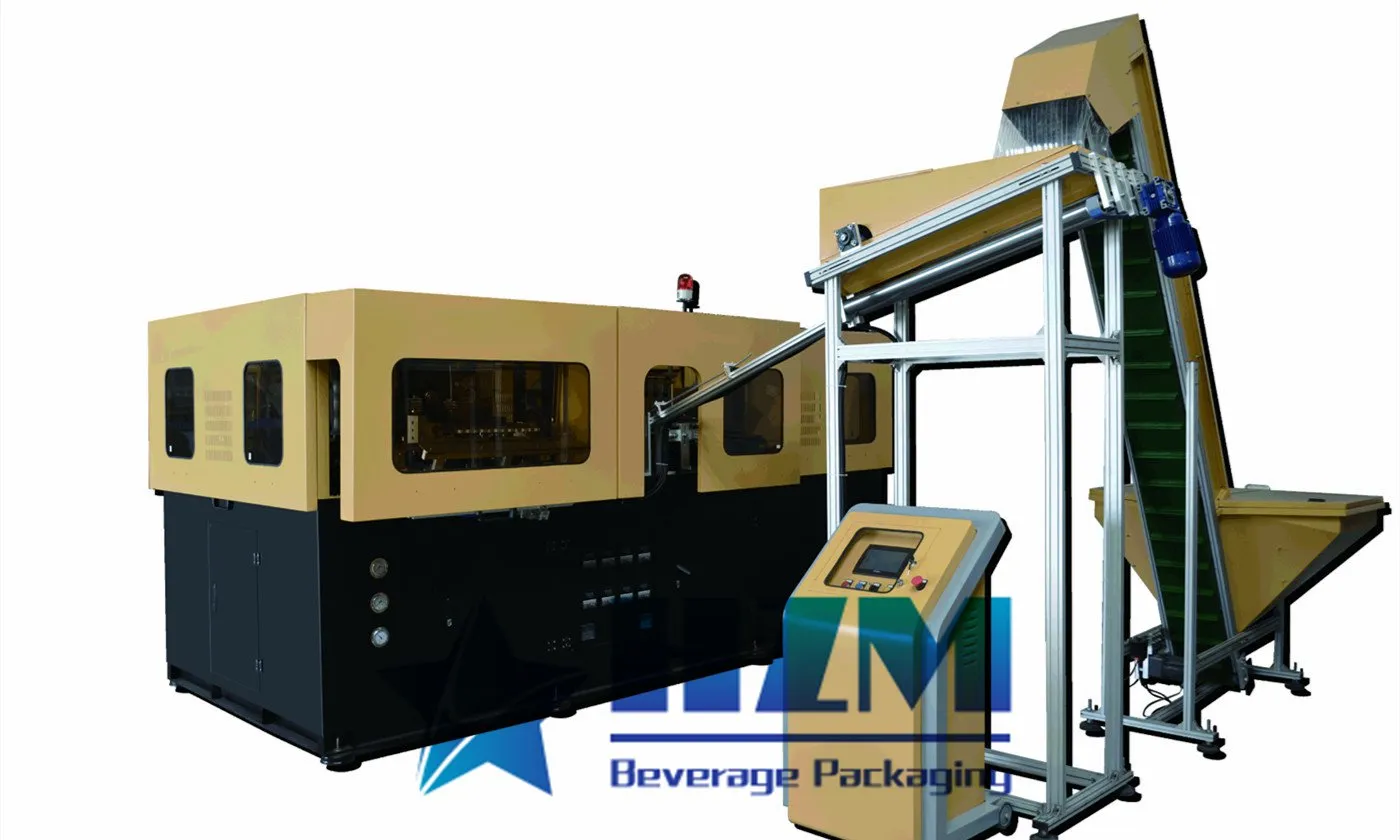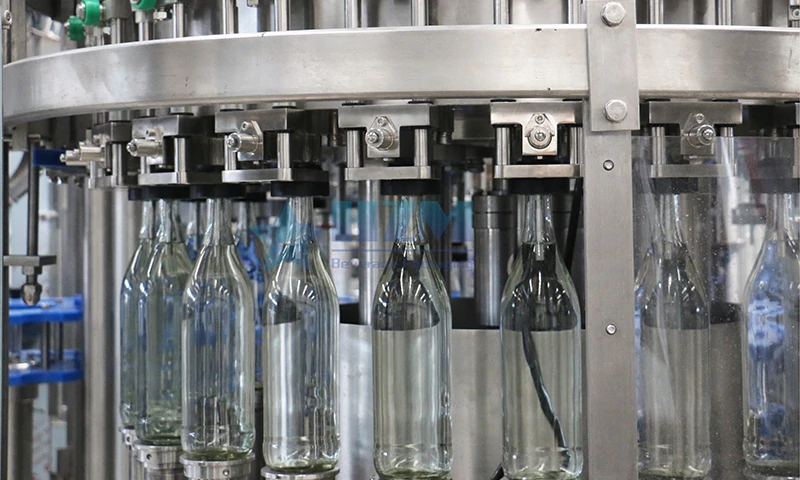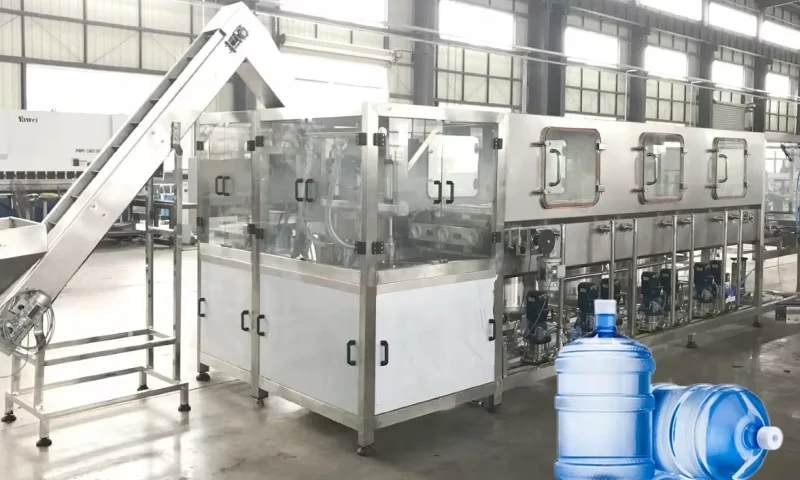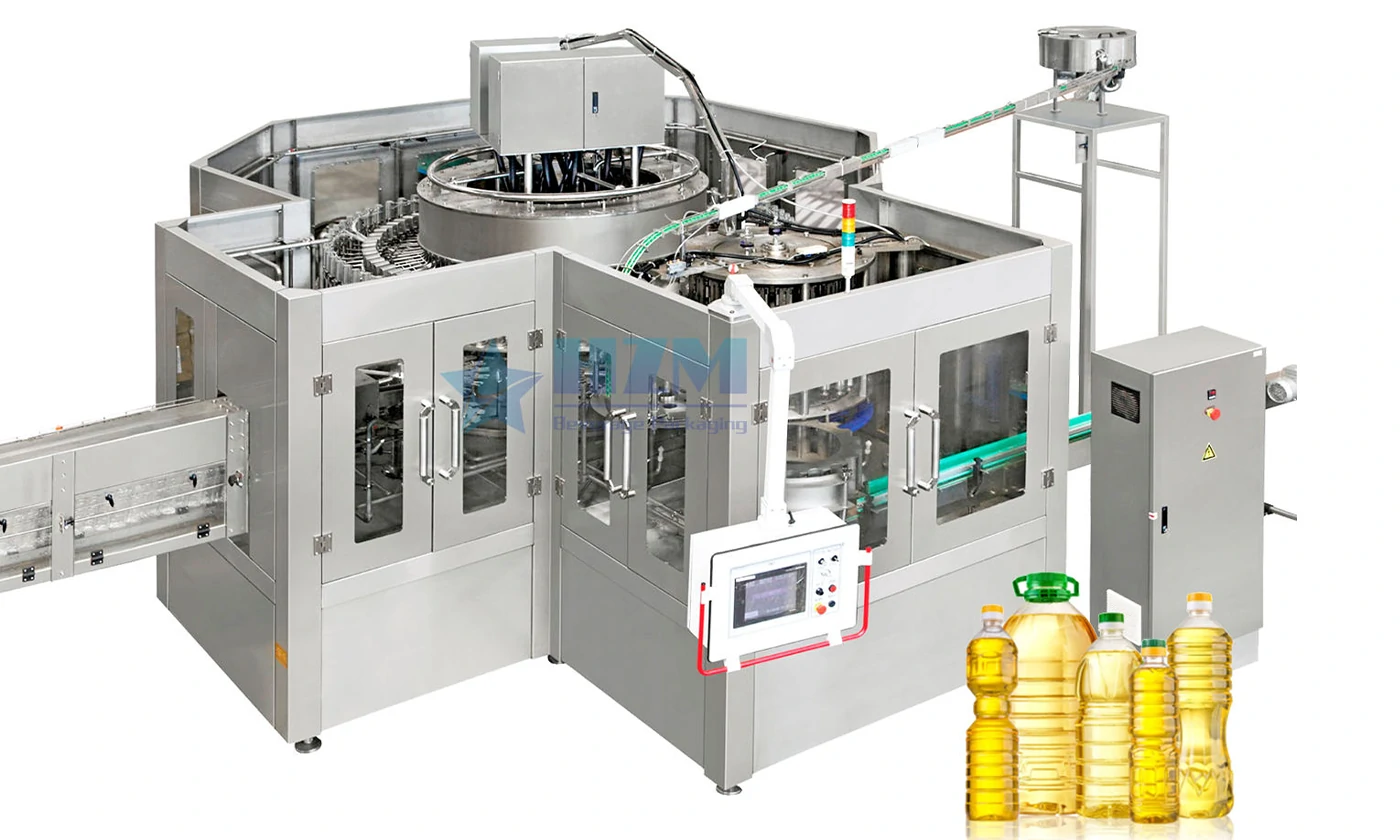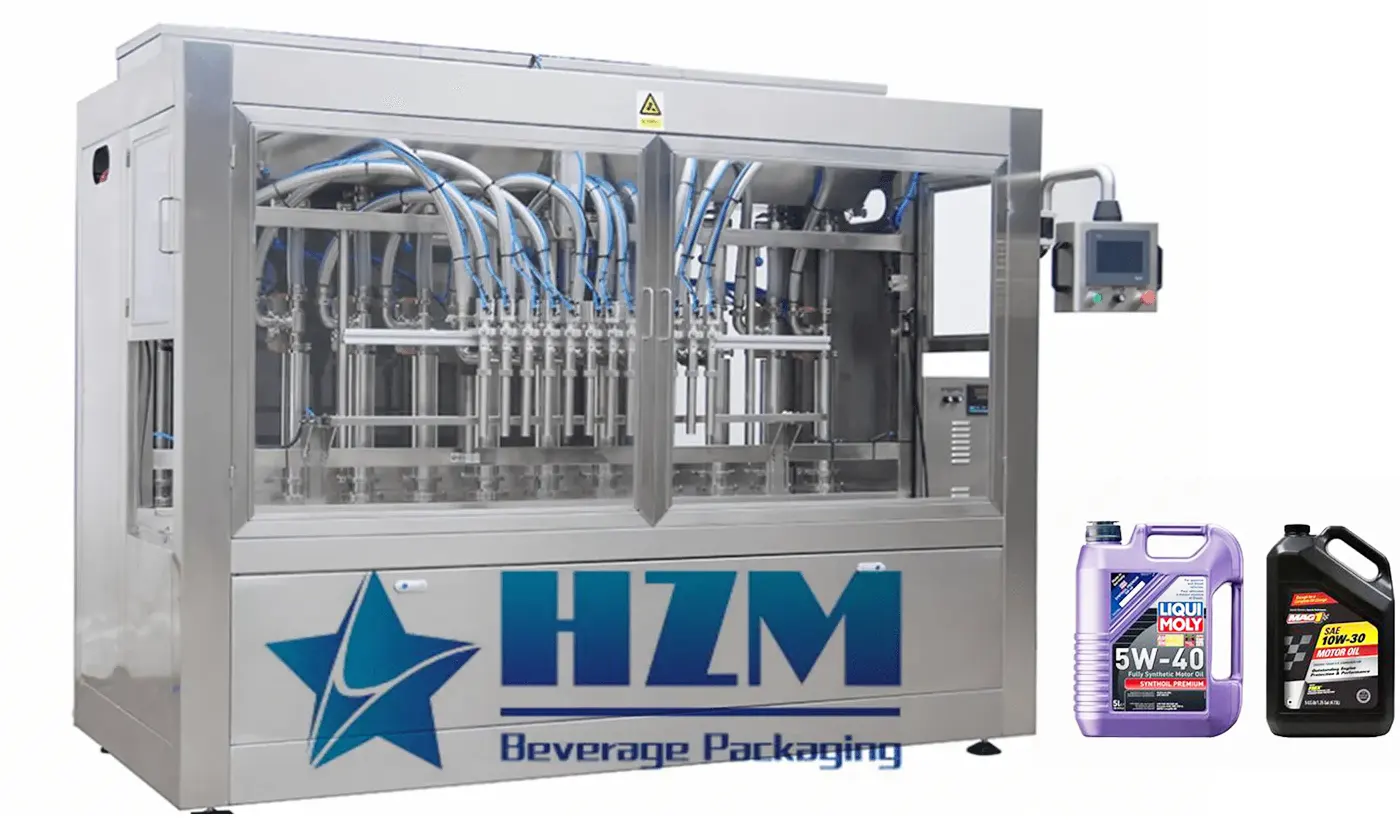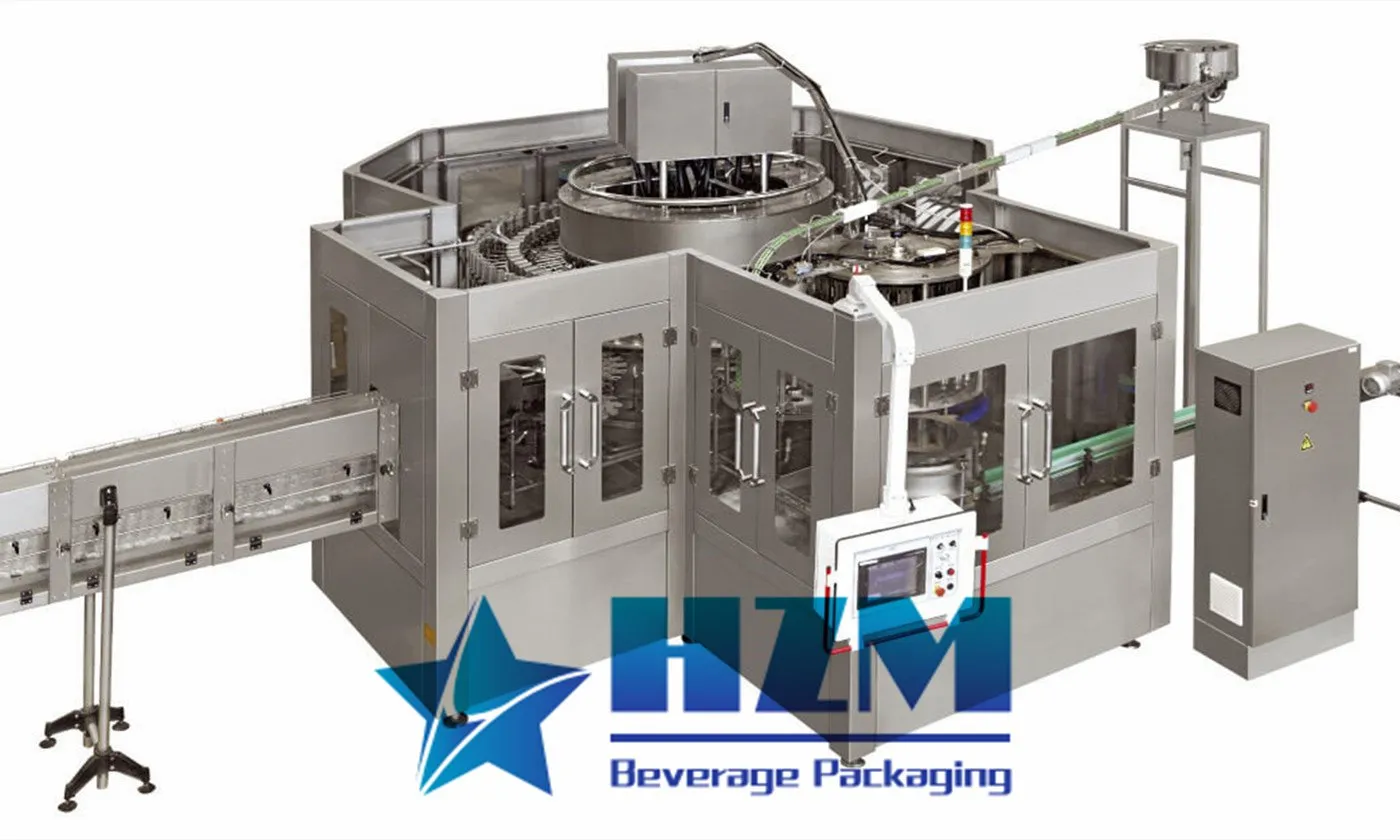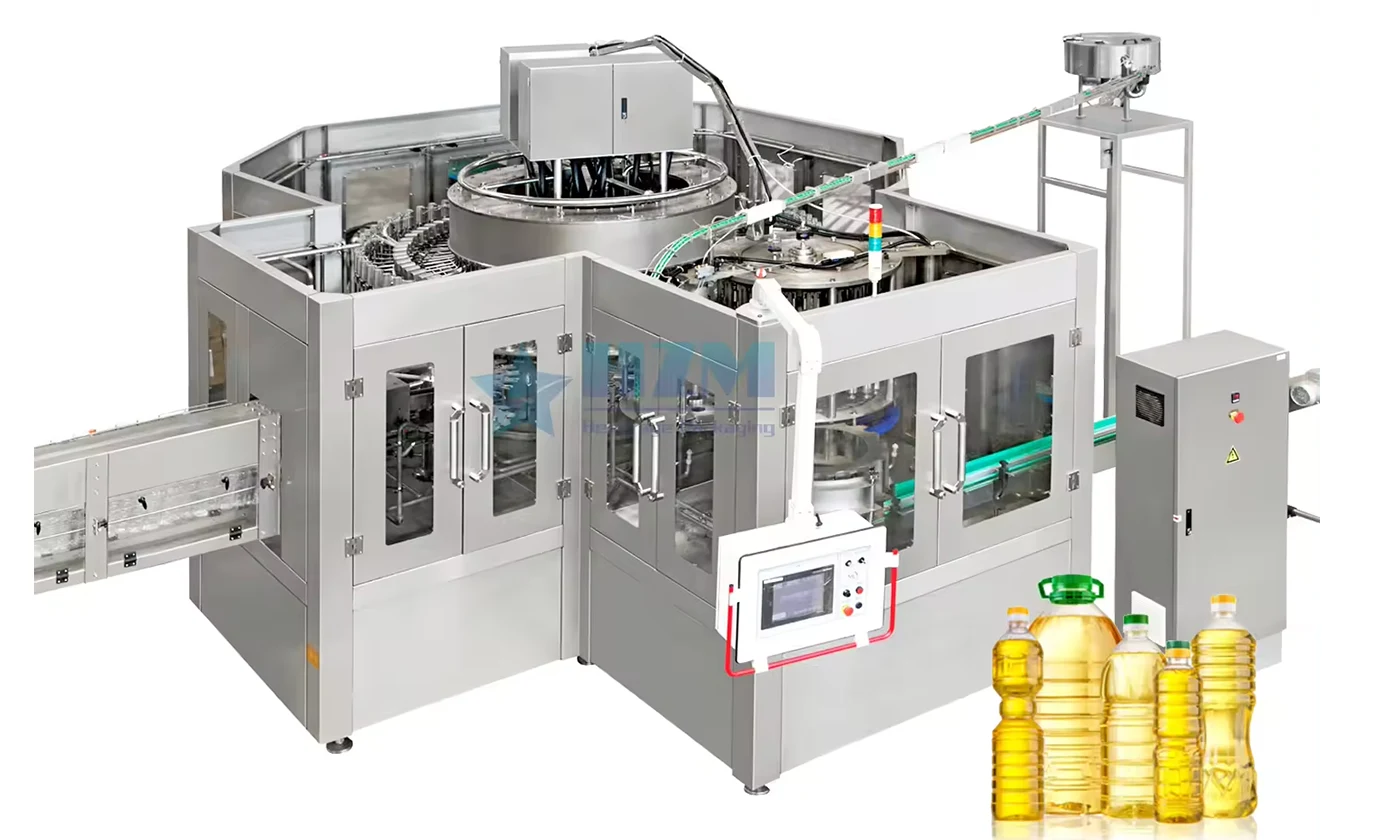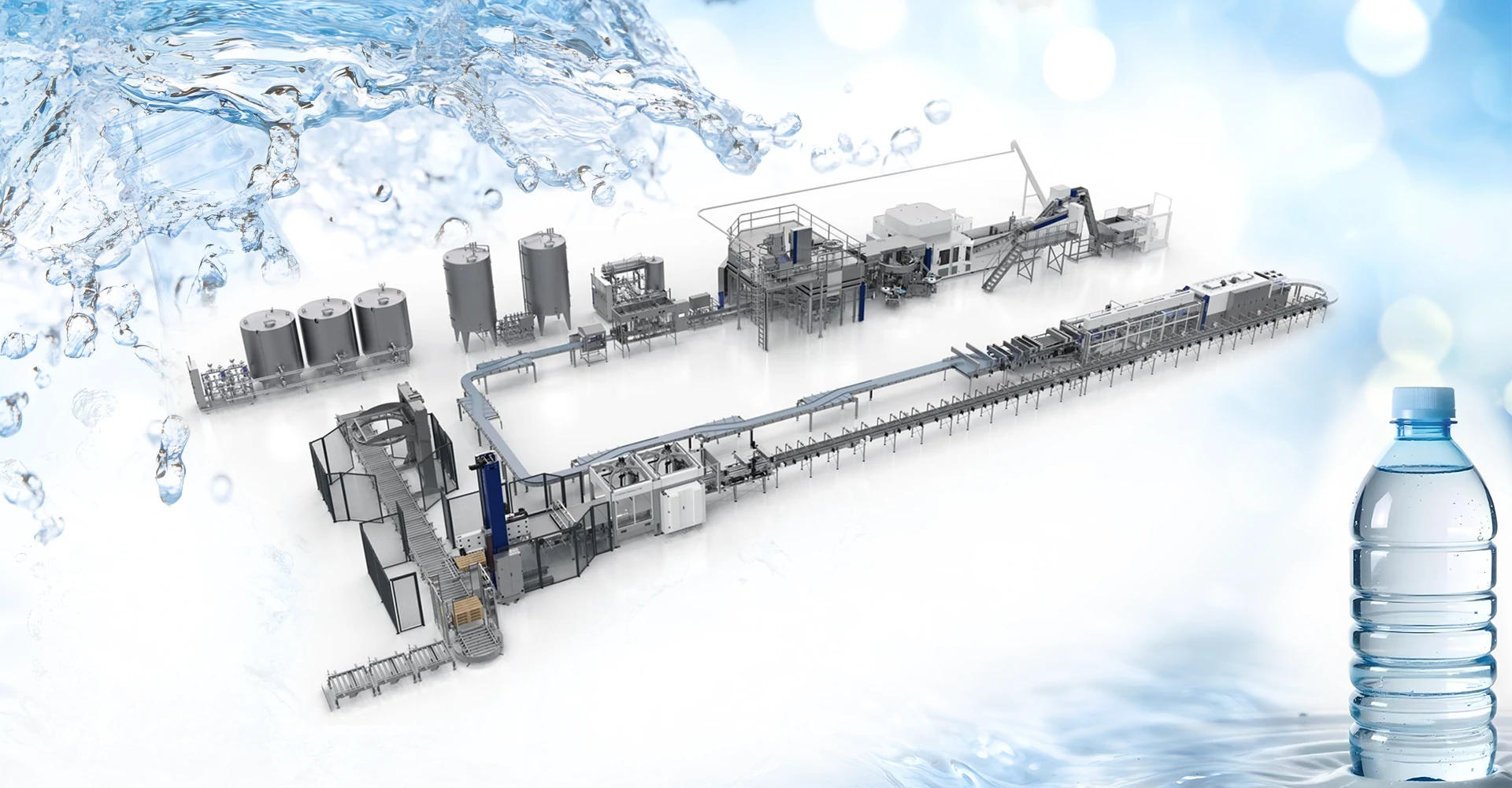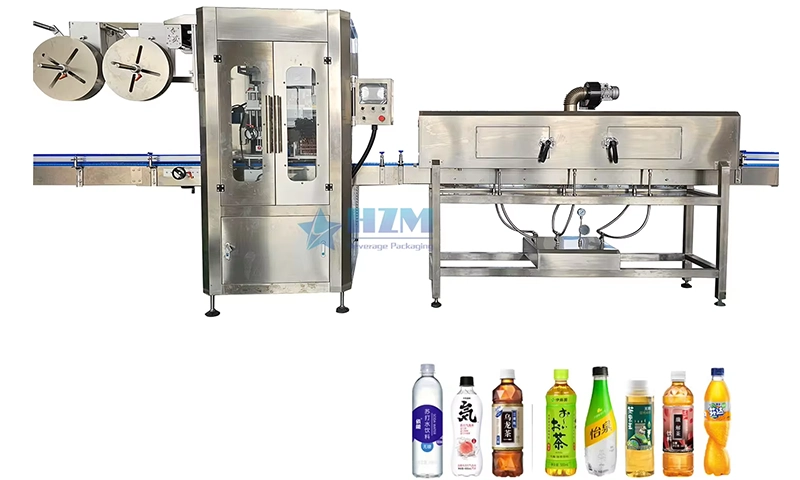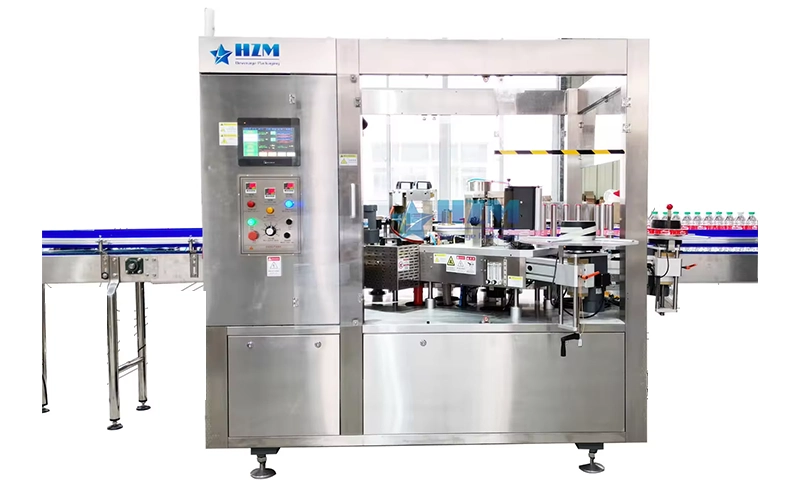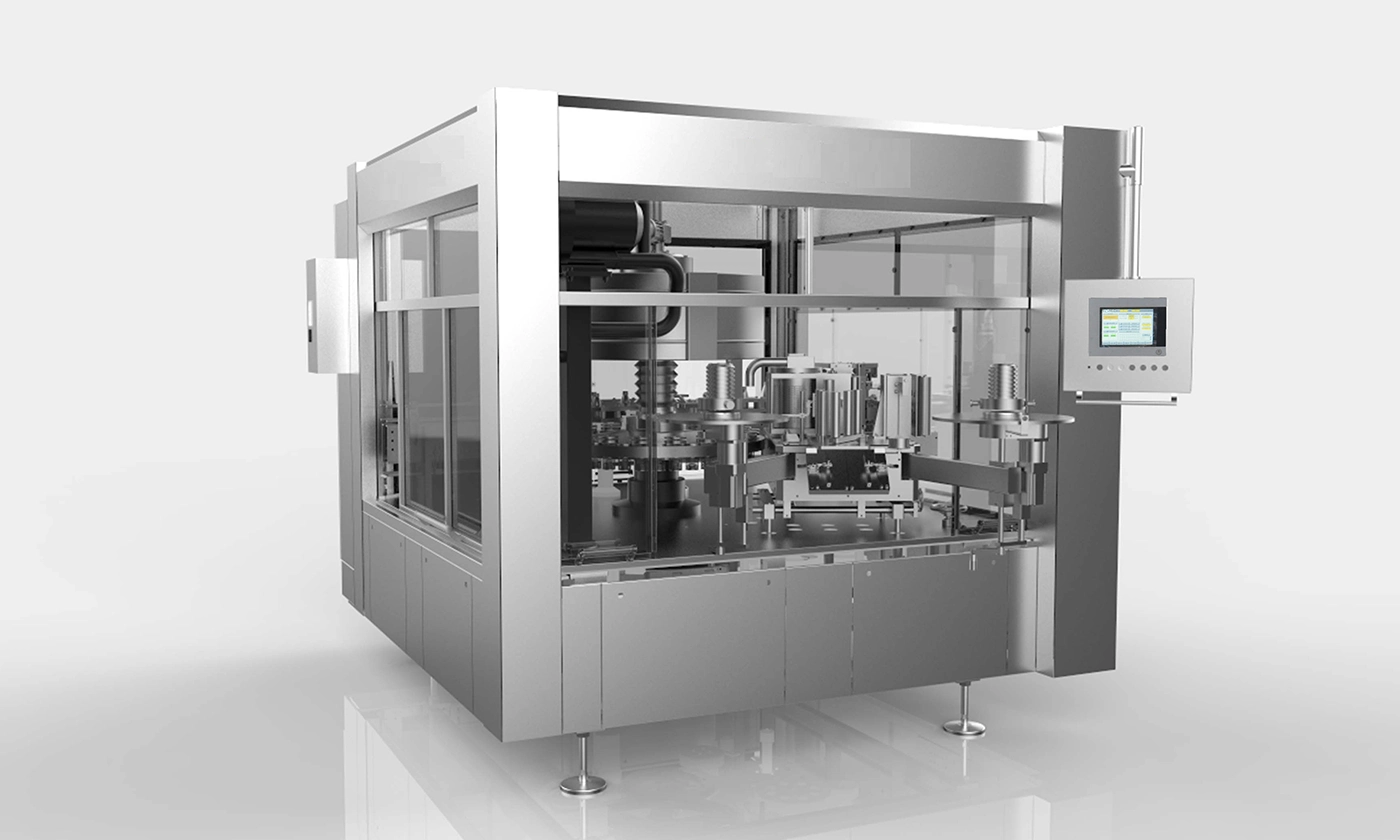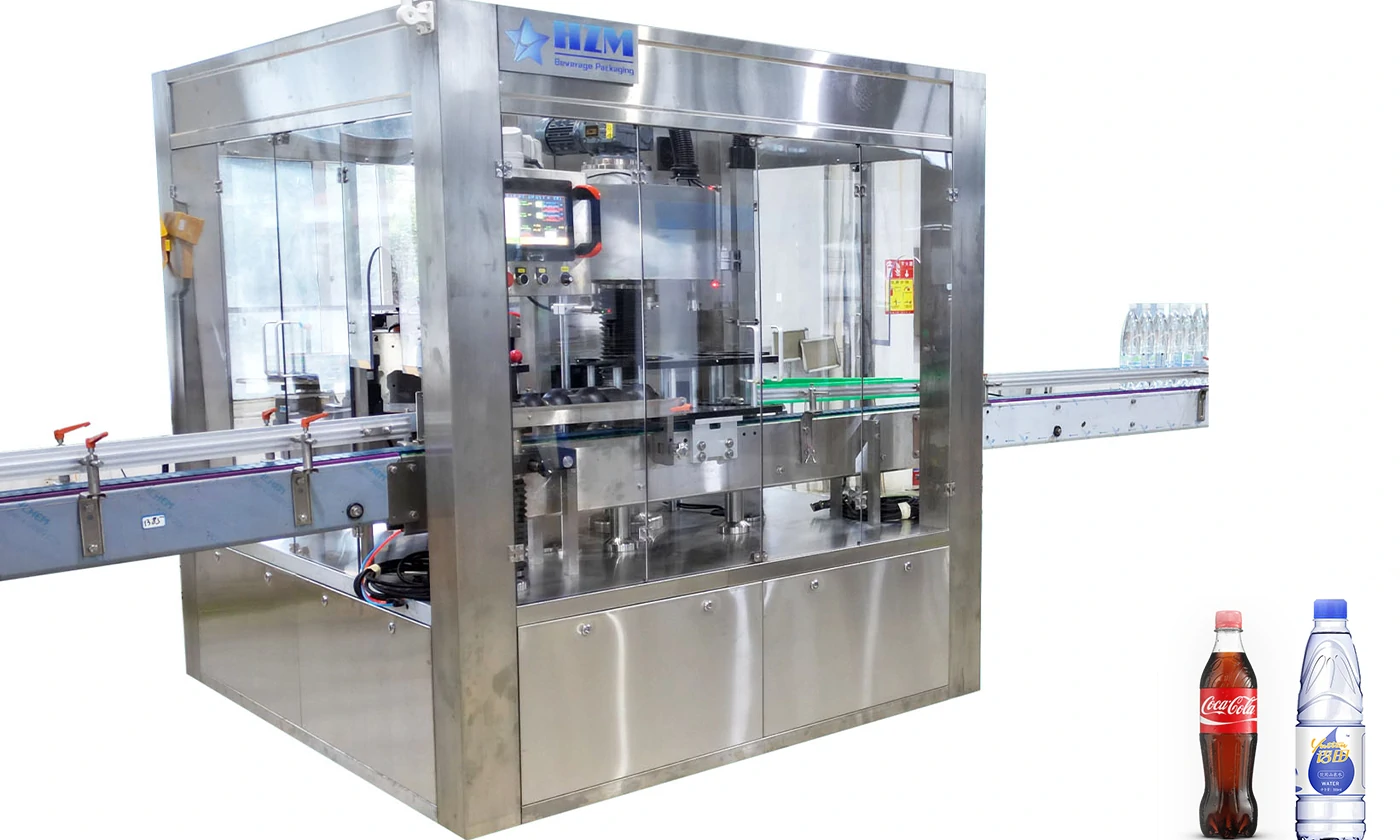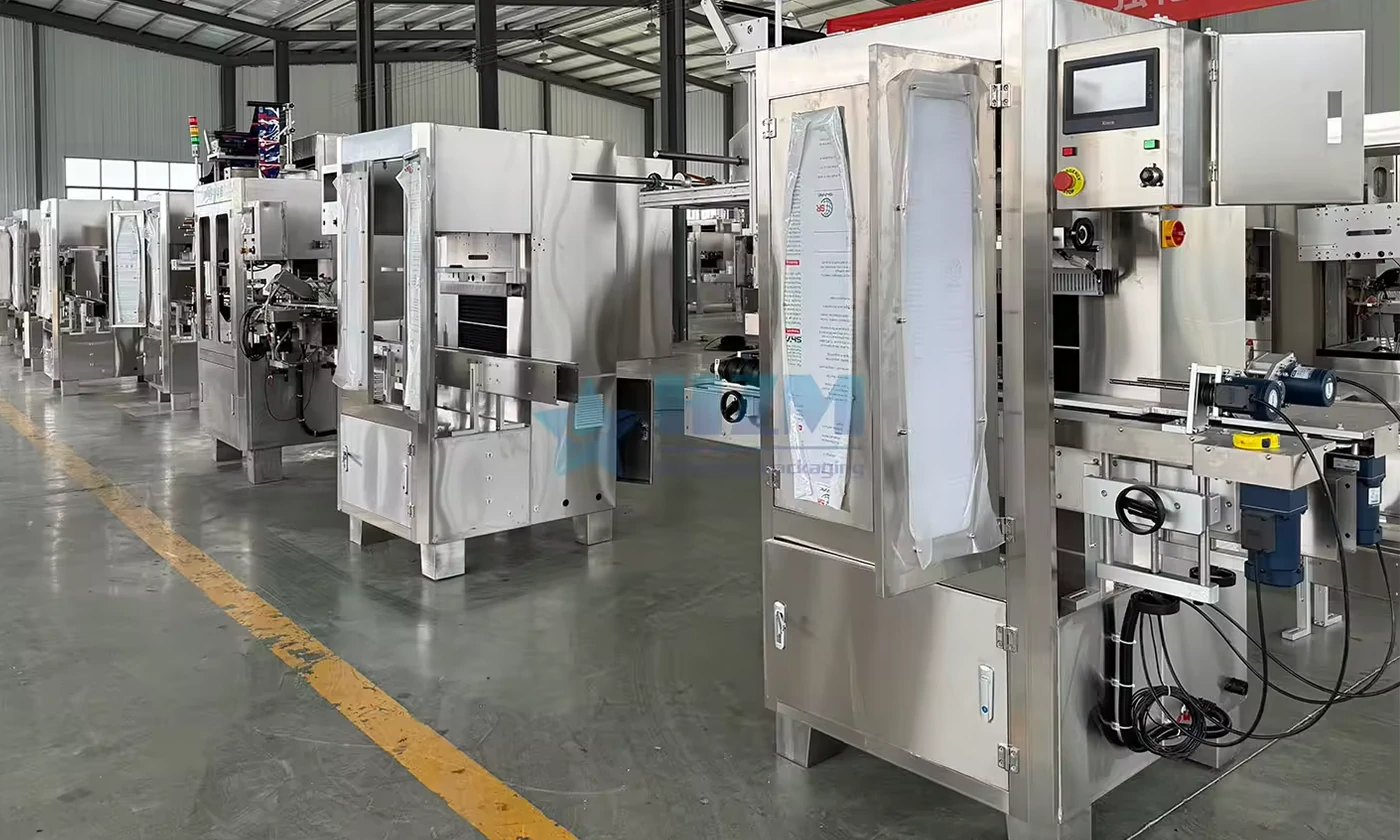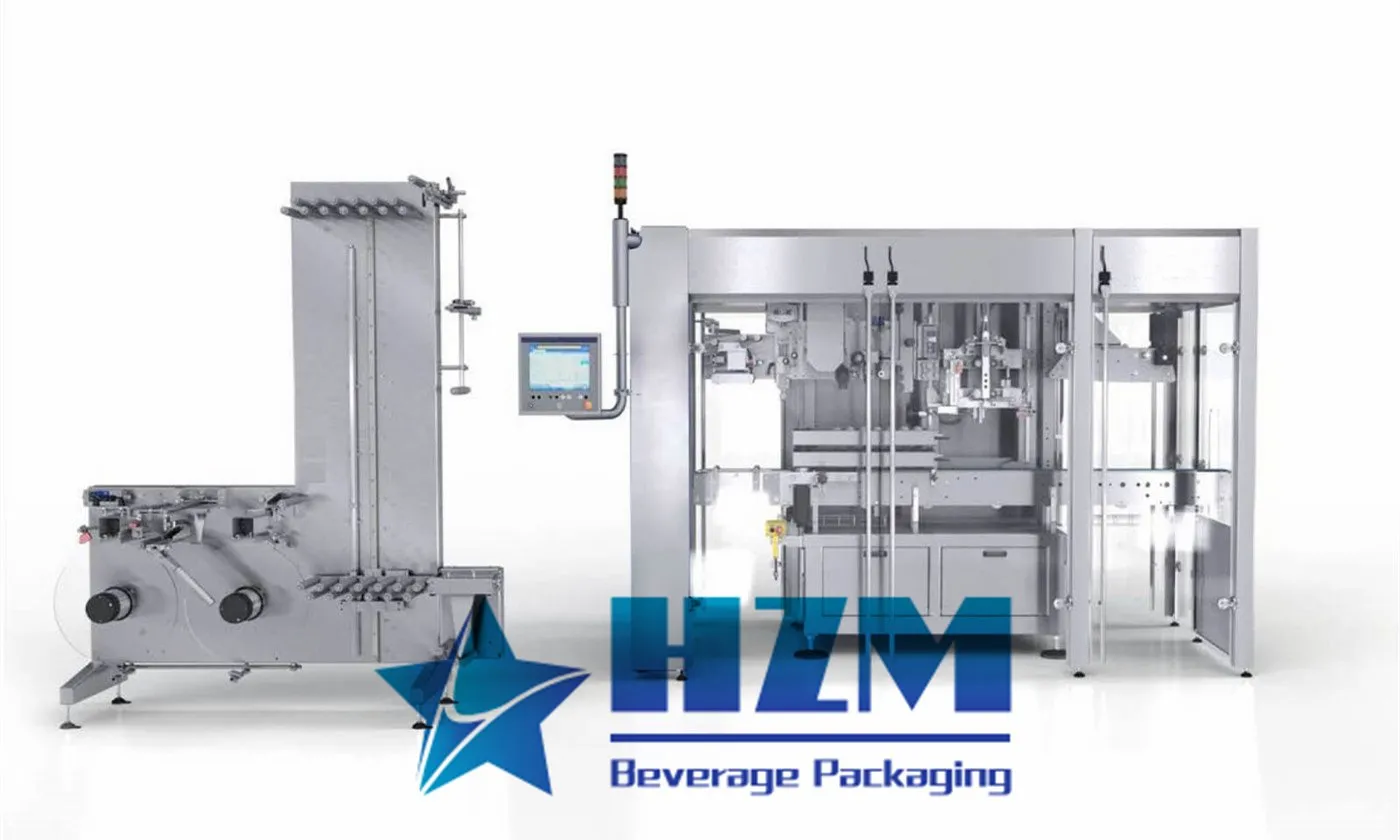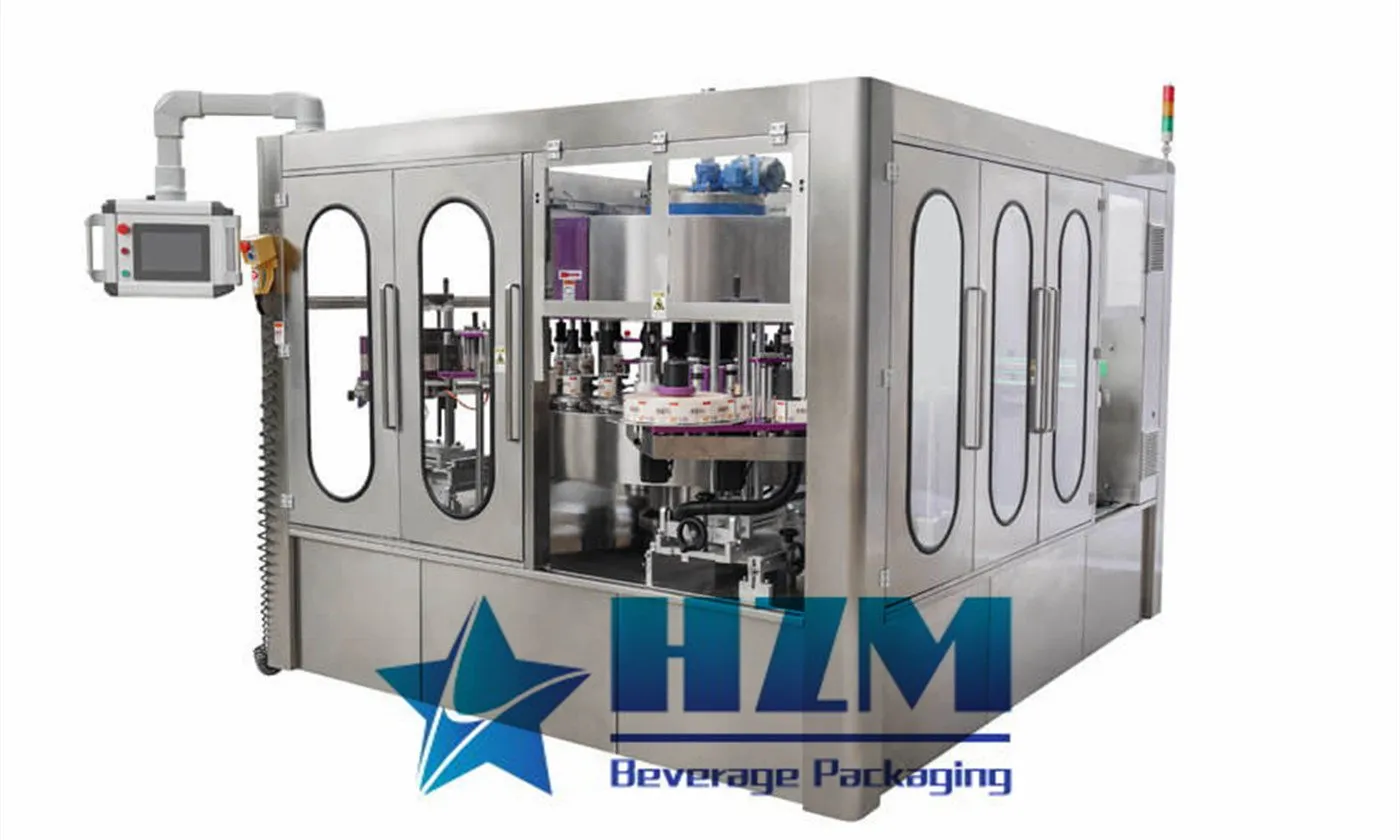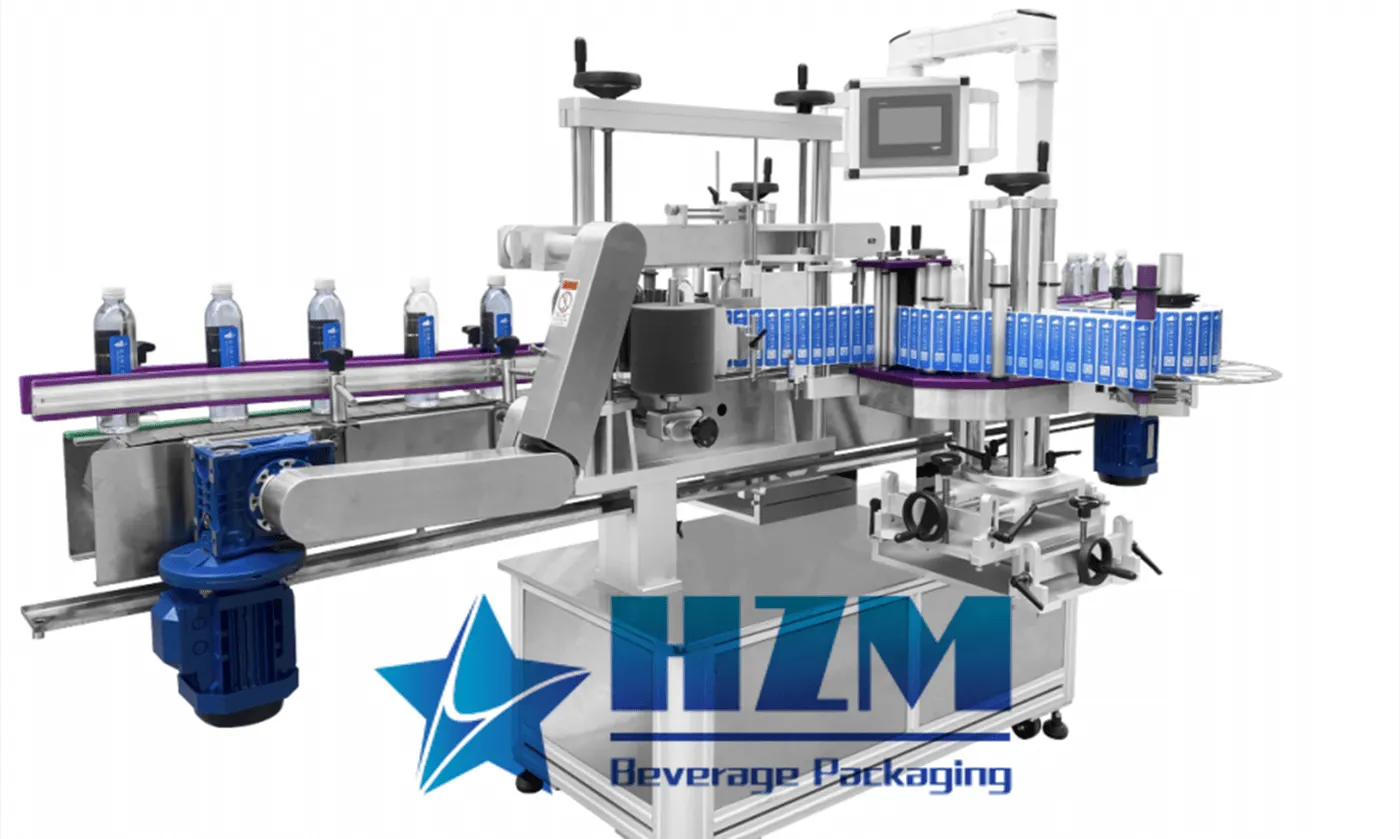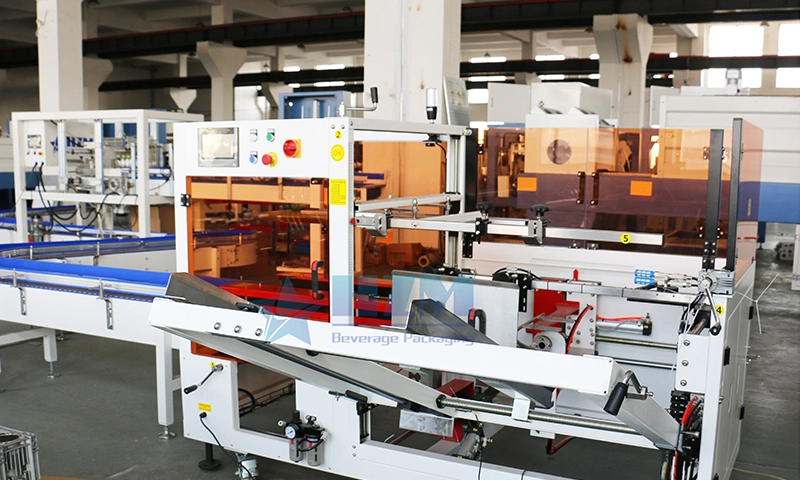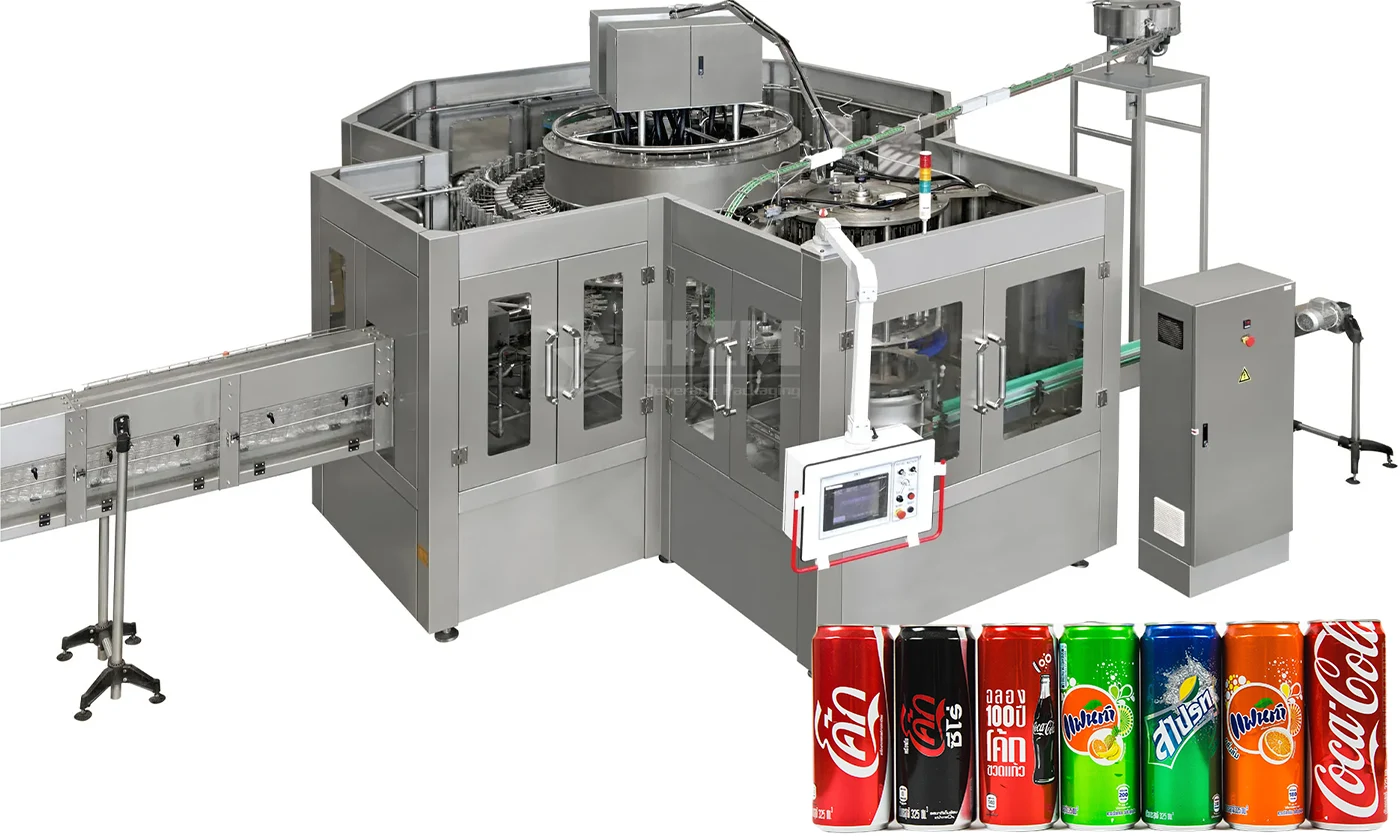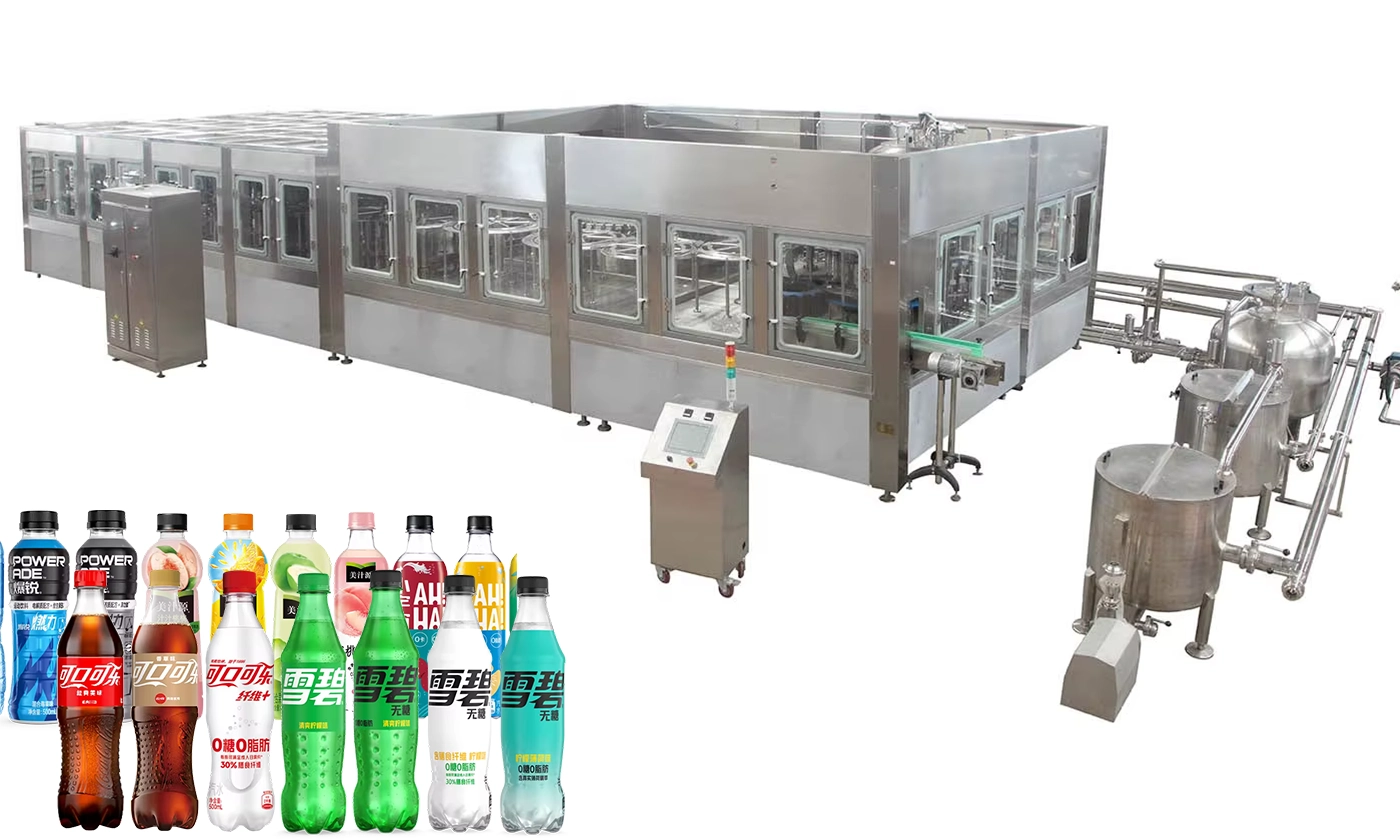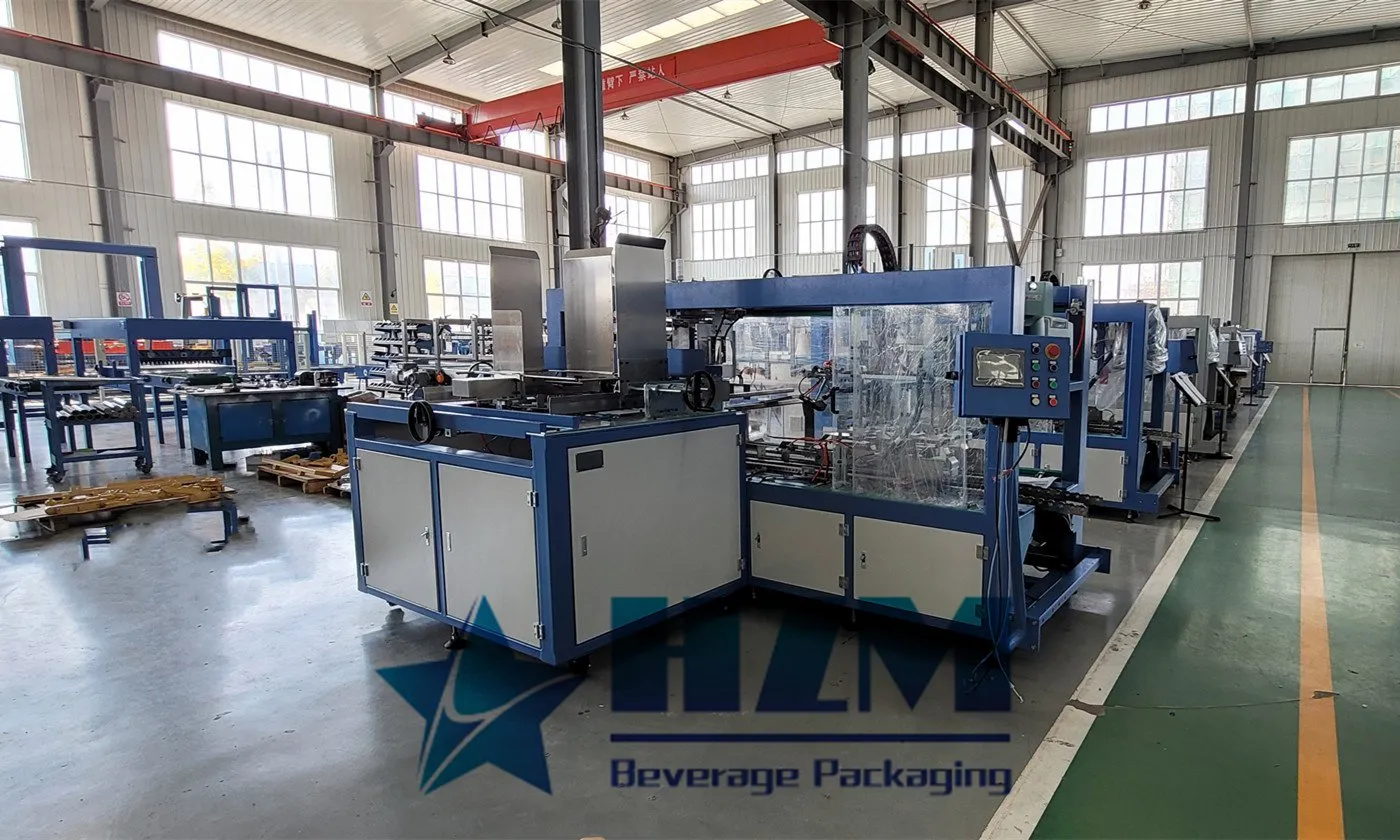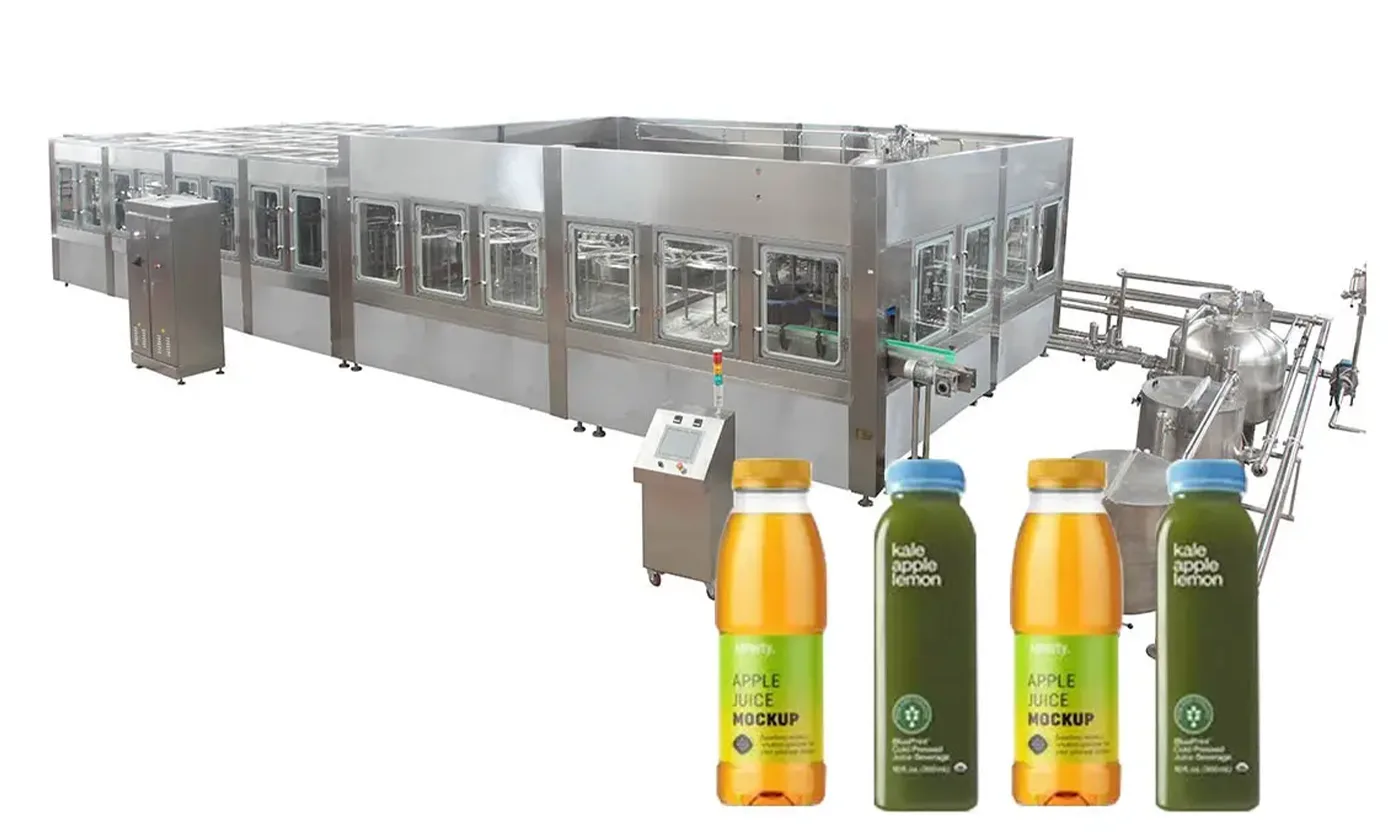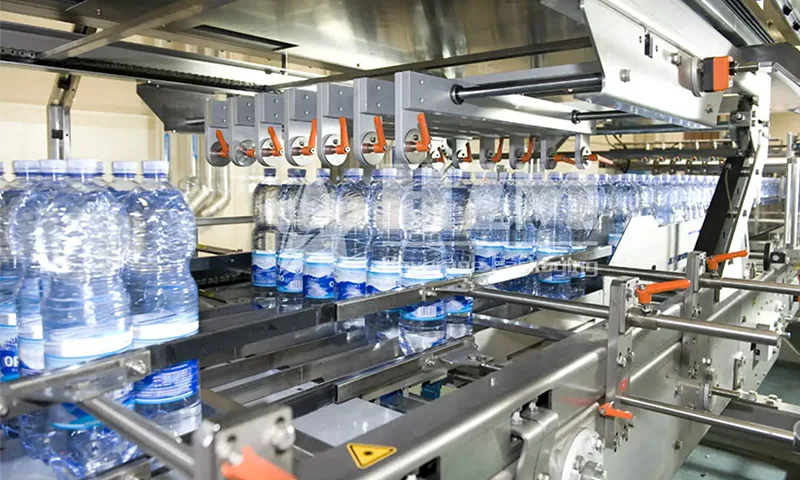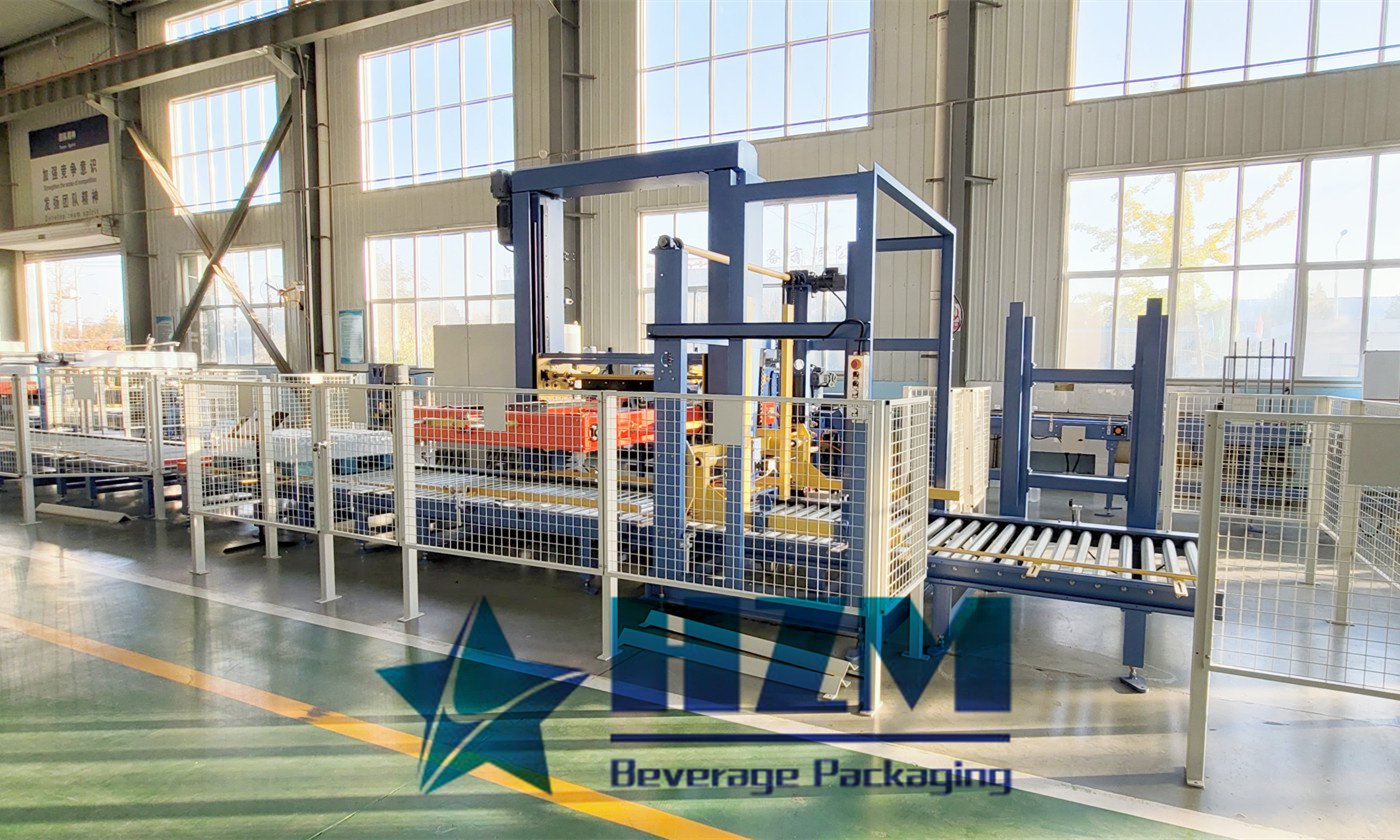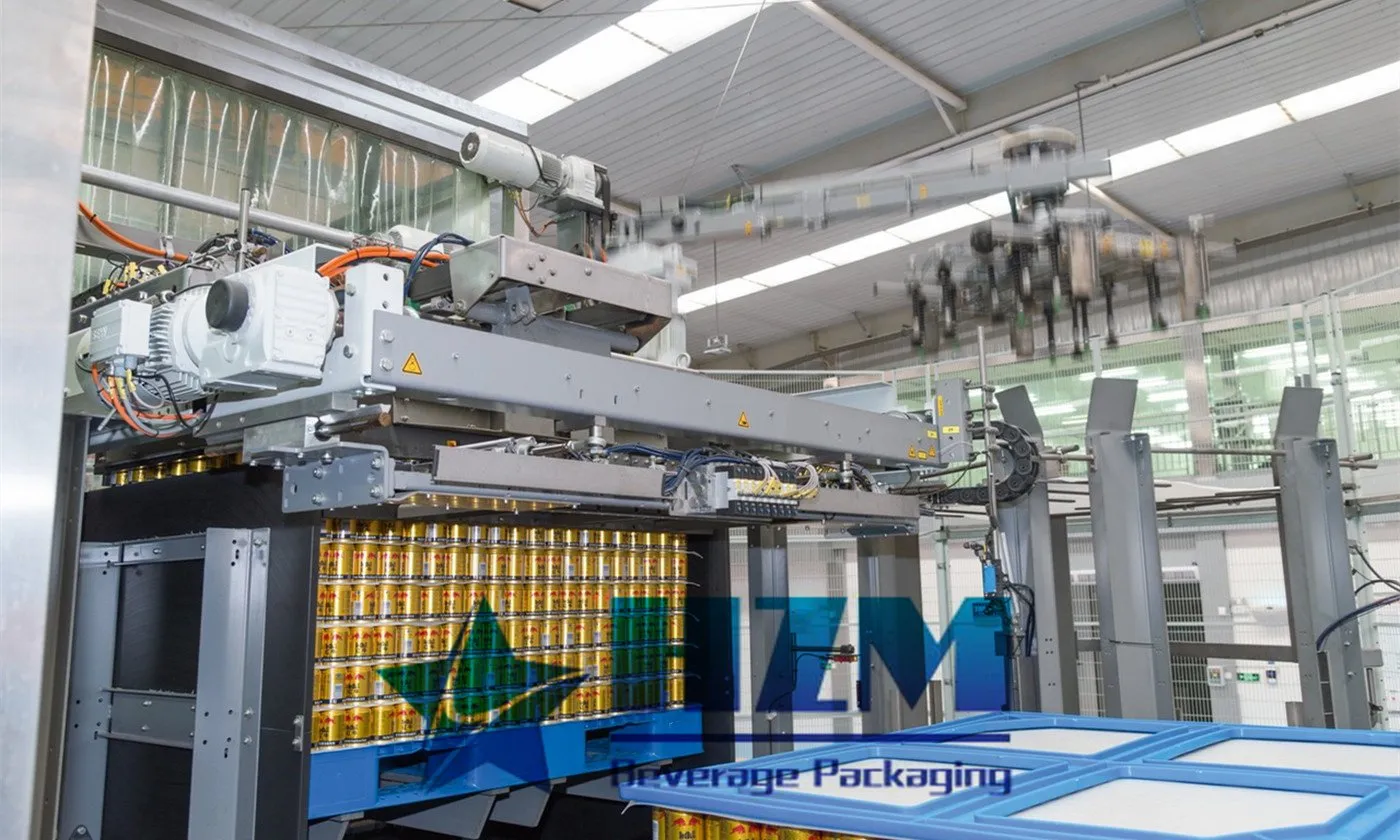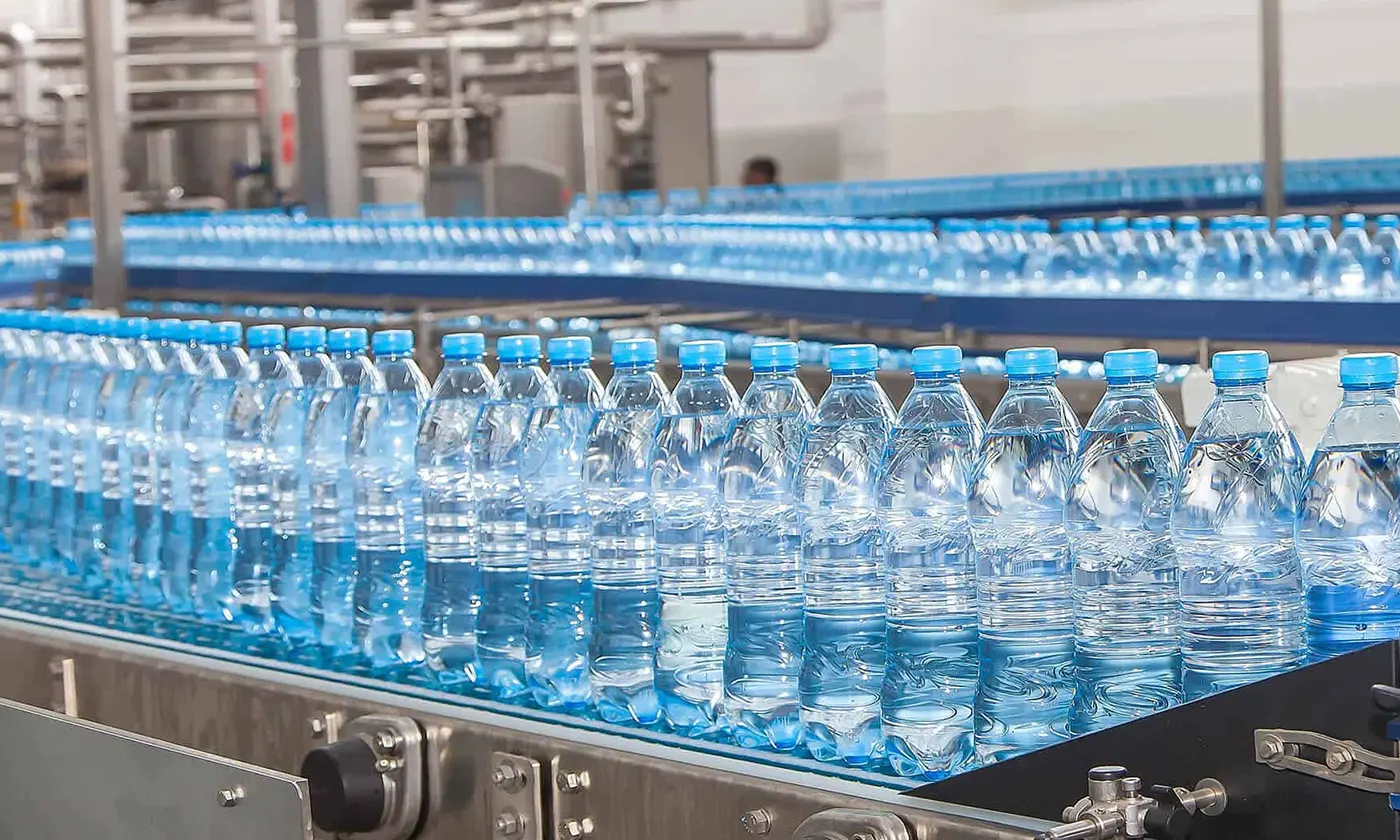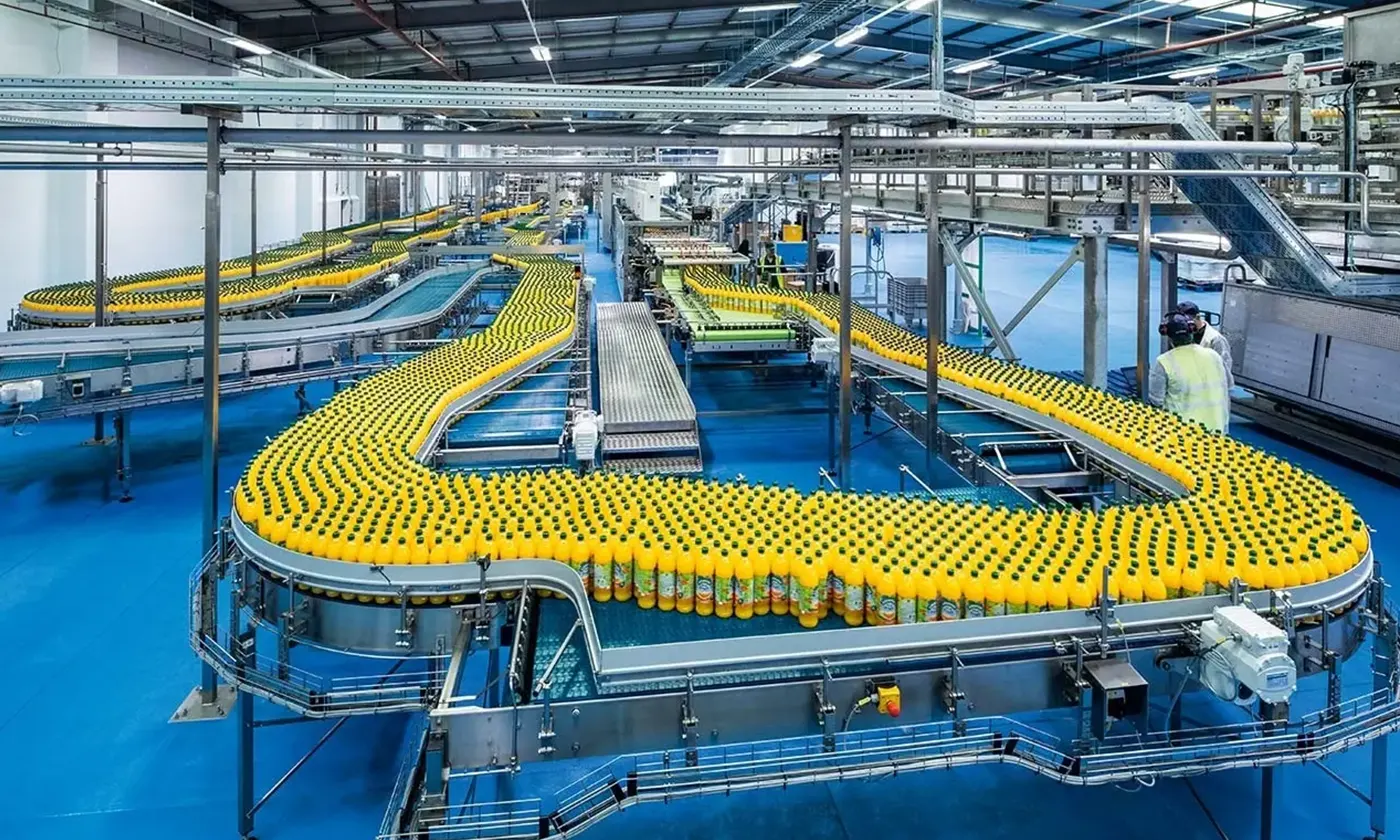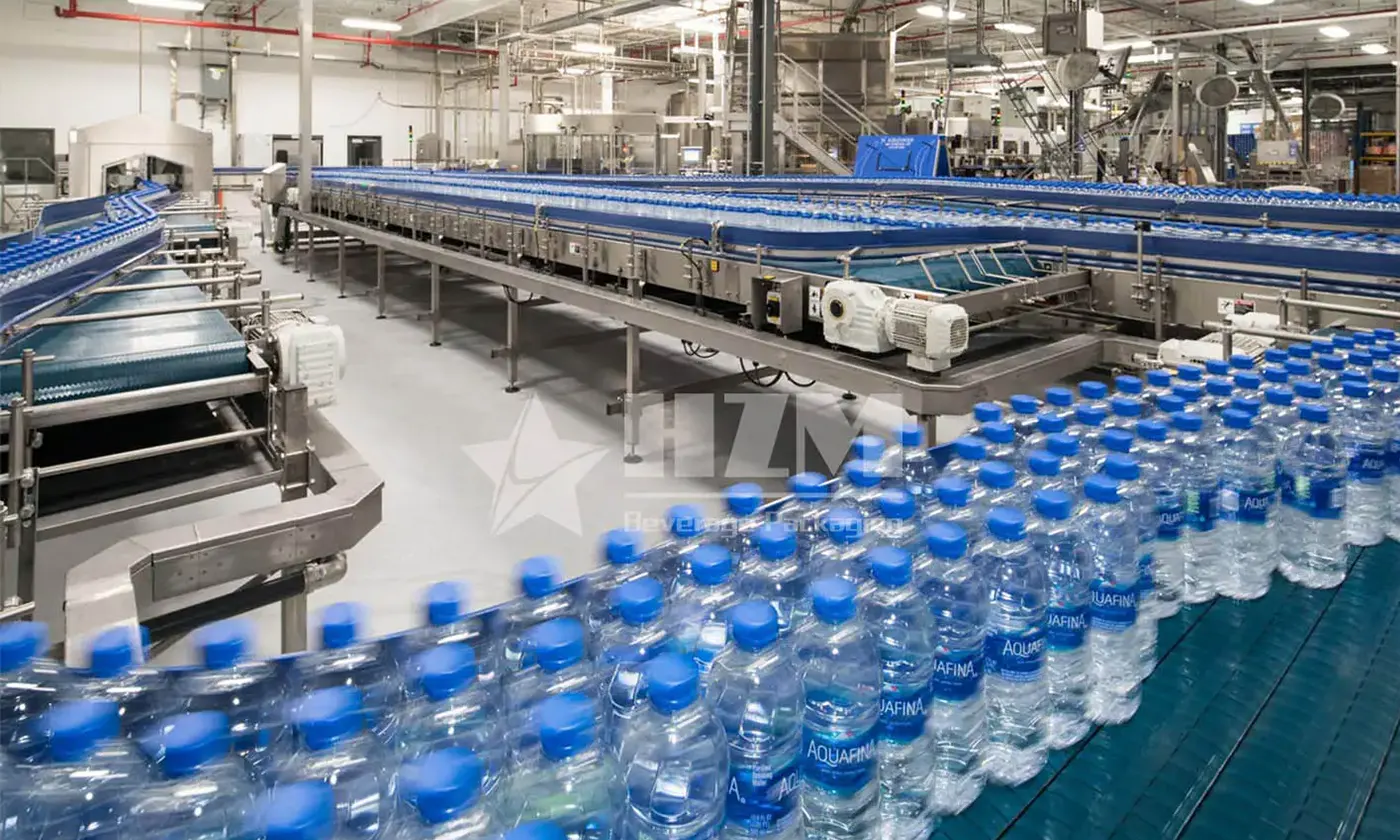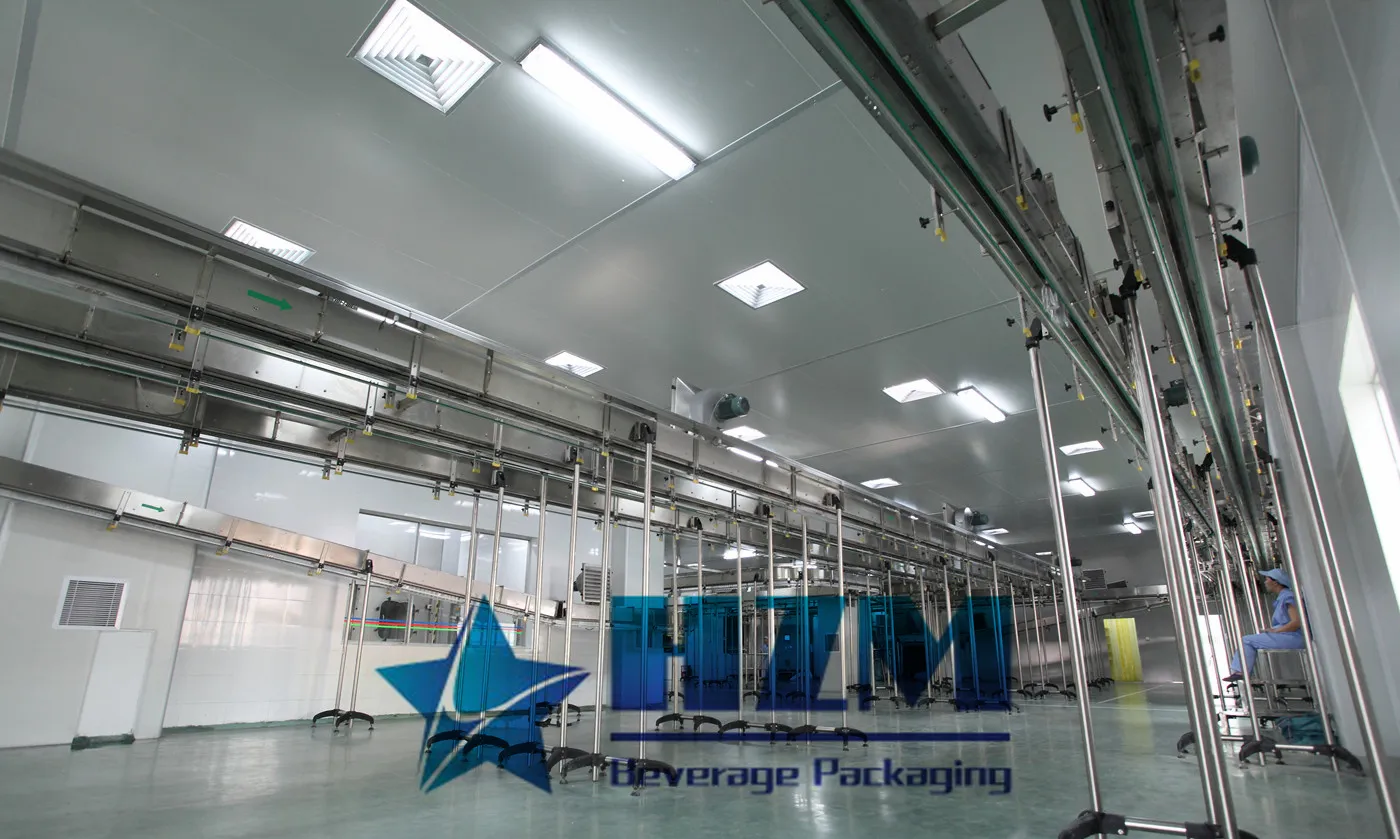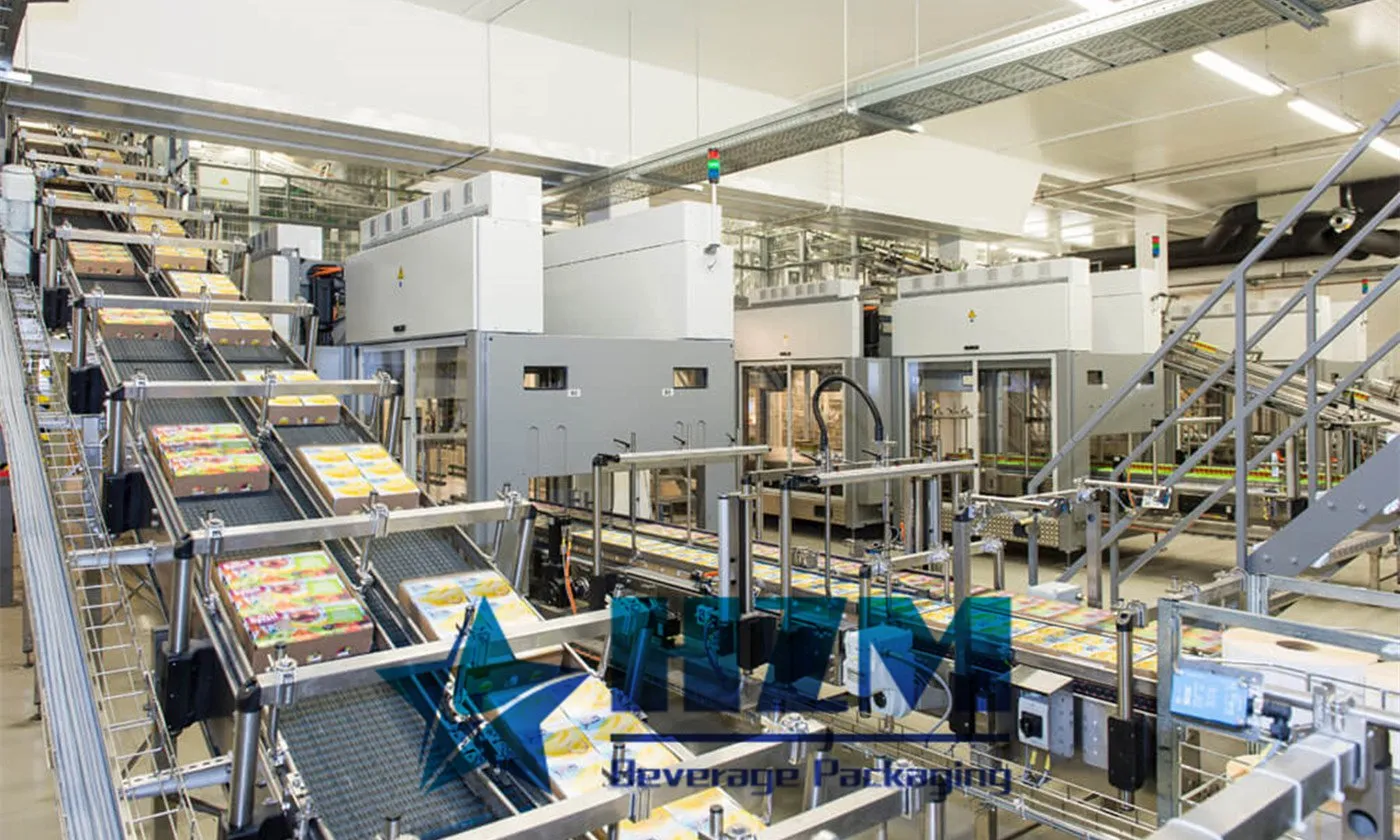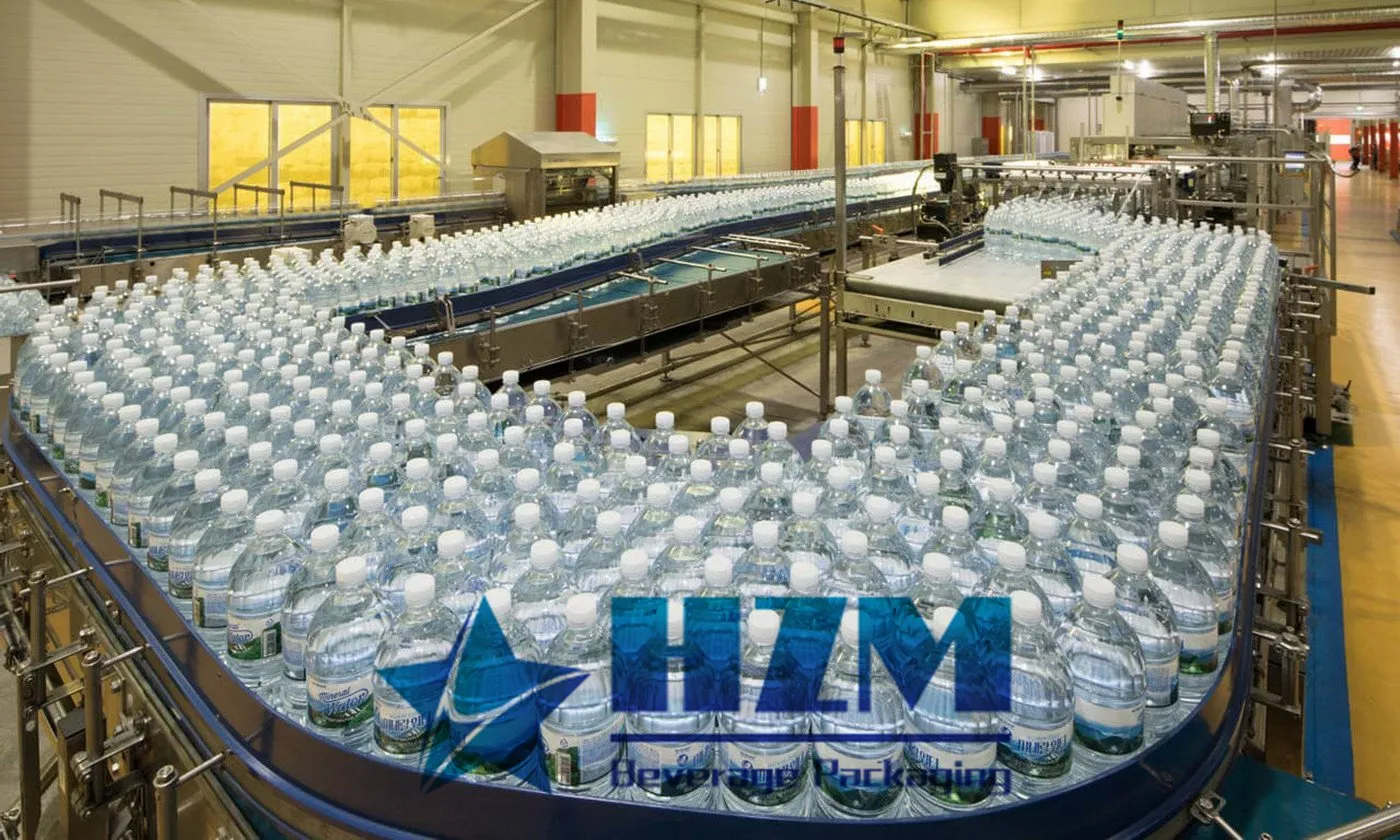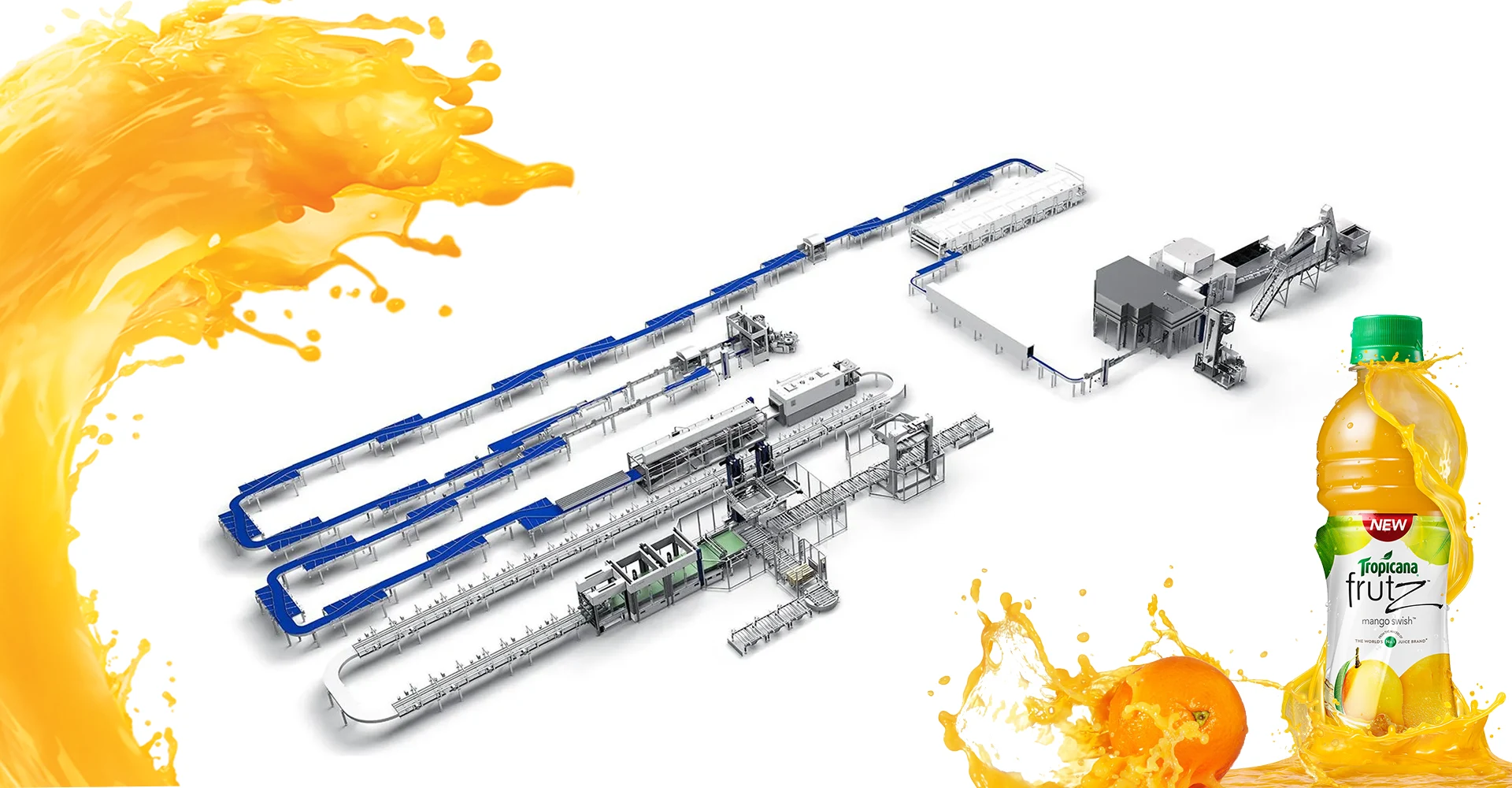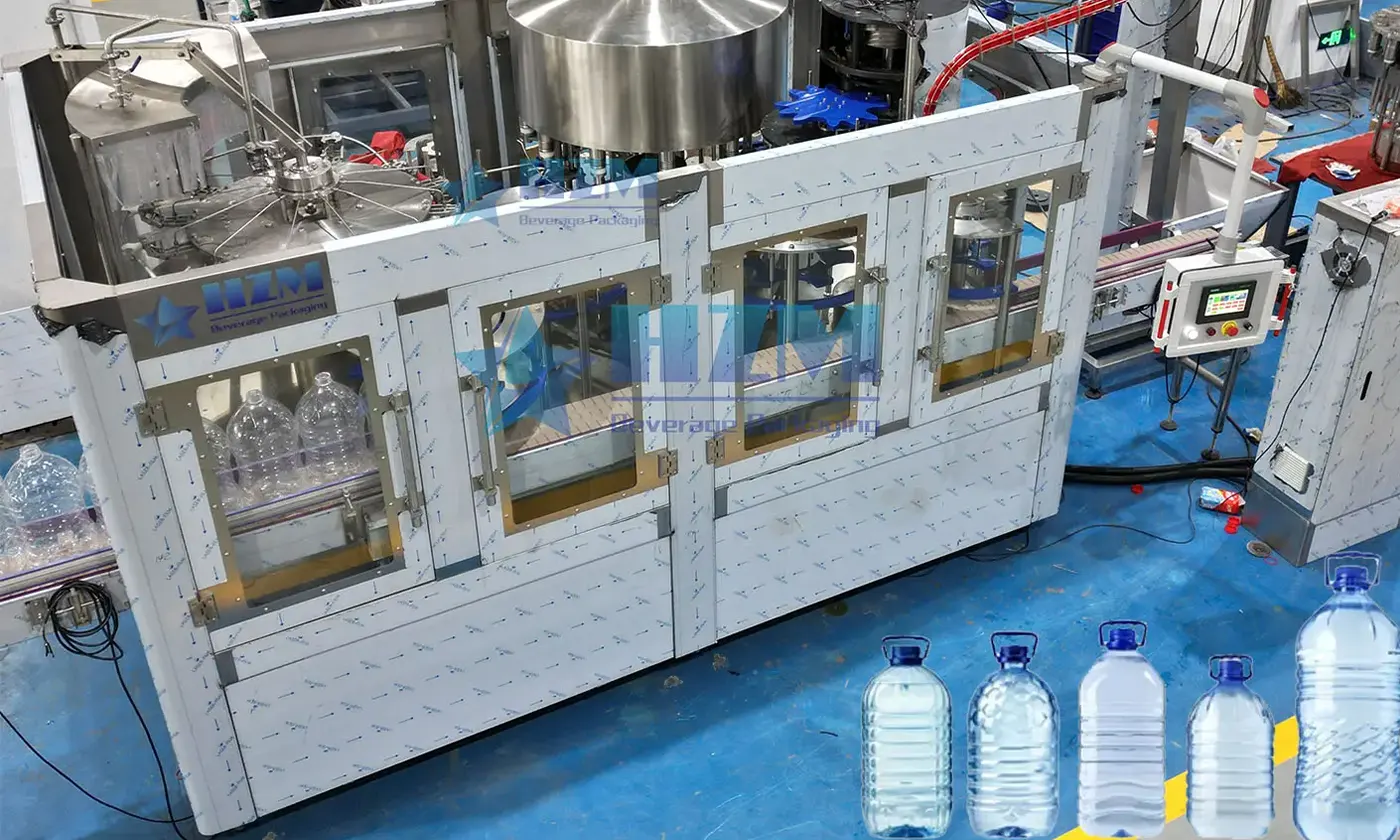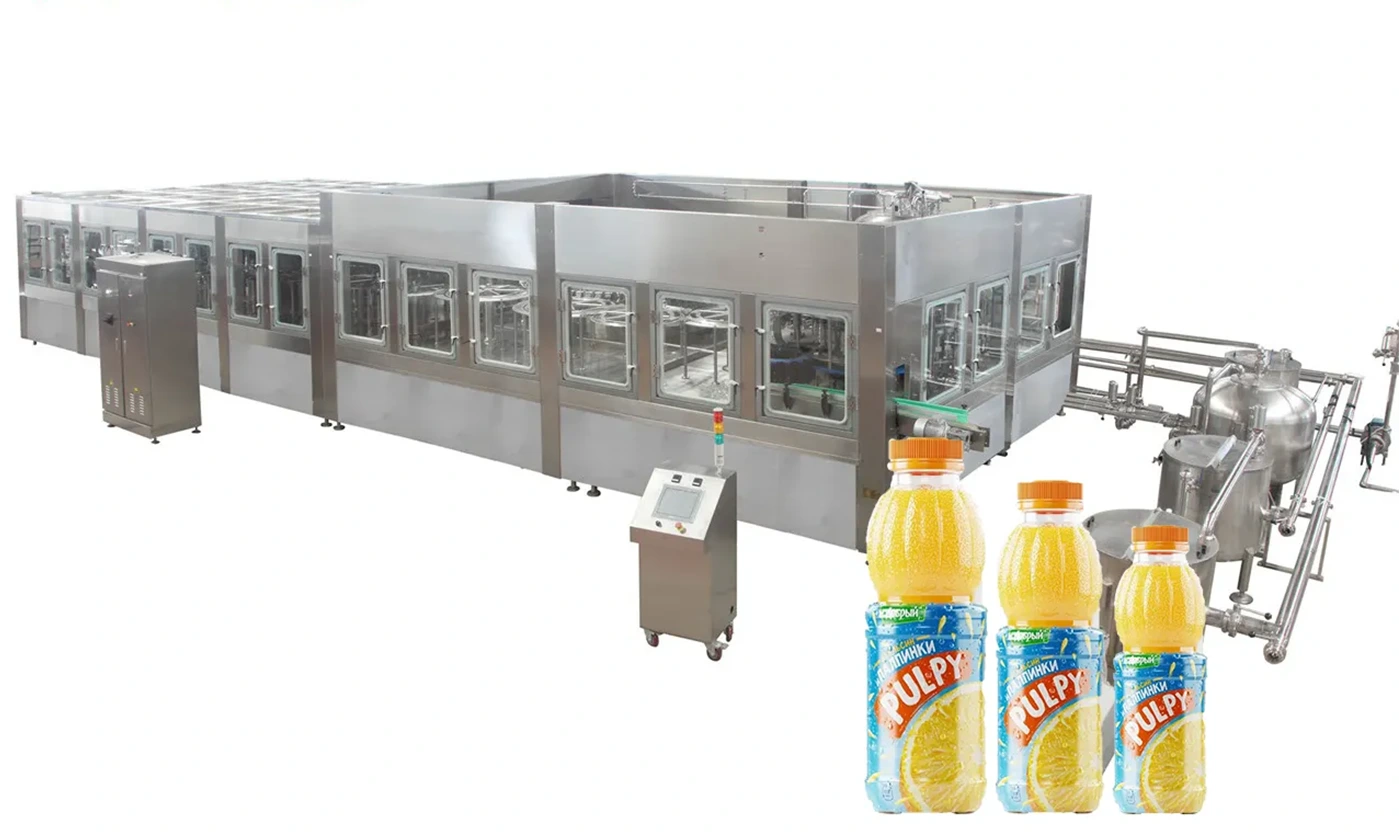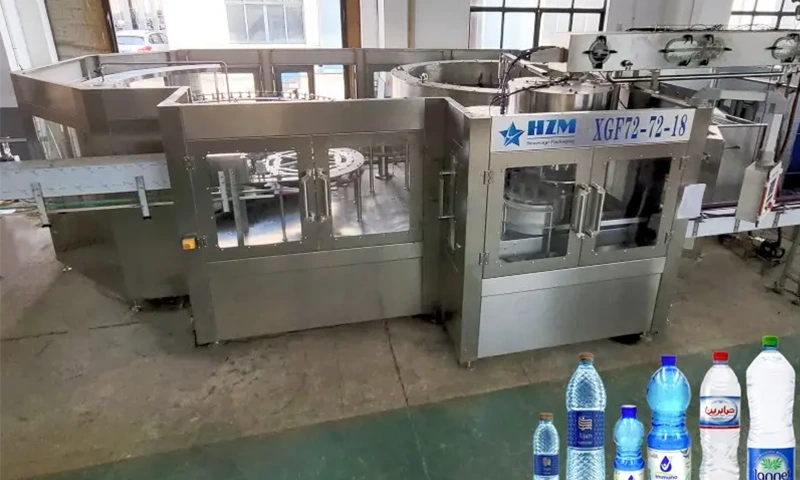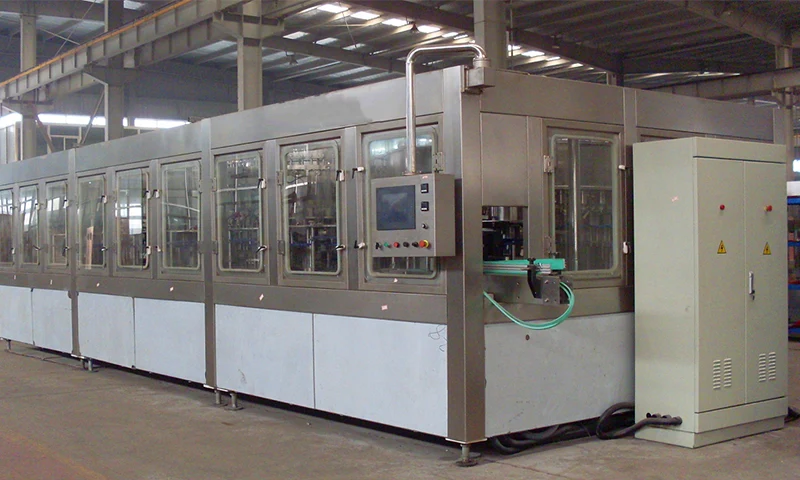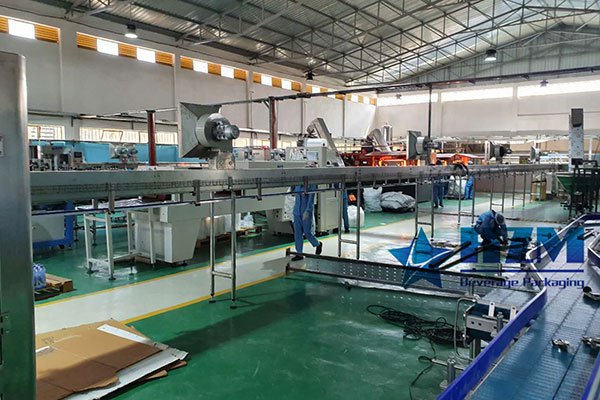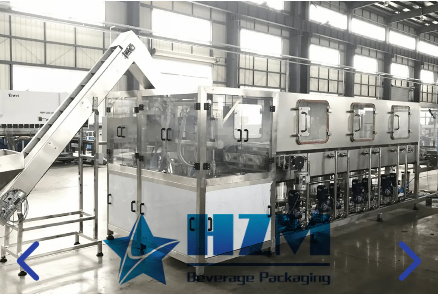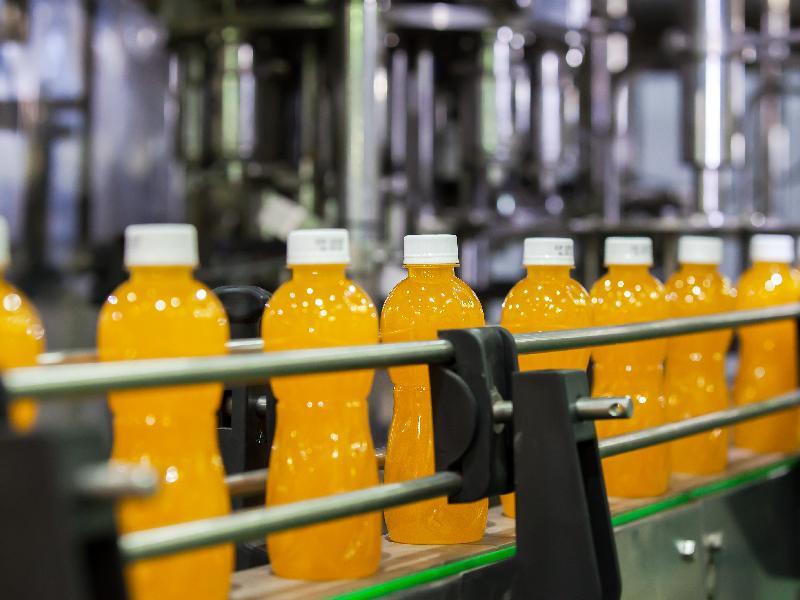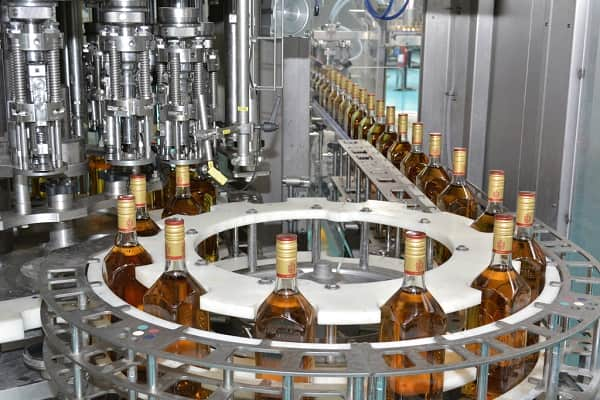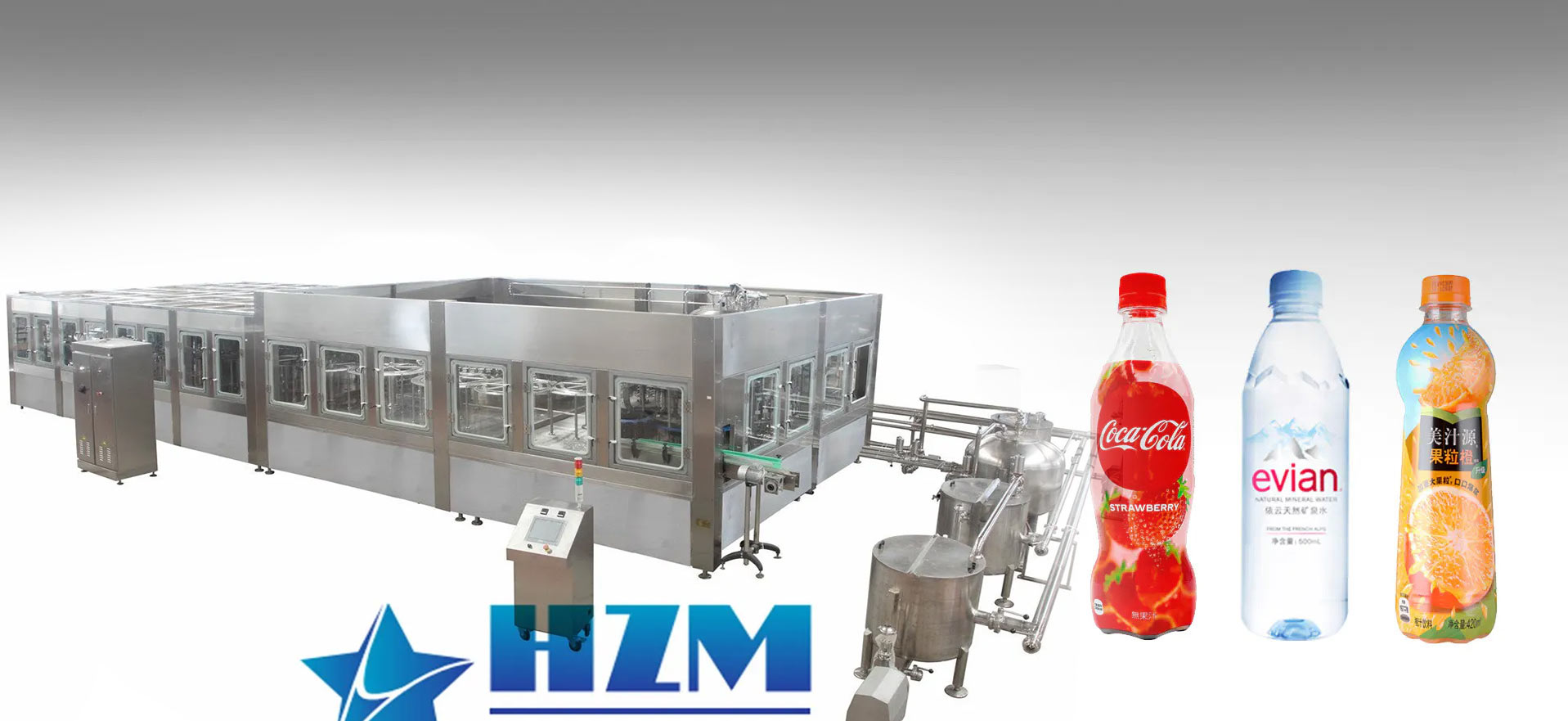Comprehensive Guide to the Three-in-One Filling Machine
The Three-in-One Filling Machine is utilized for the filling production of various non-gaseous liquids in glass and polyester bottles. It achieves fully automatic bottle flipping, filling, and capping on one machine, thereby reducing the contact time between materials and the external environment. This leads to improved sanitary conditions, production capacity, and economic efficiency.
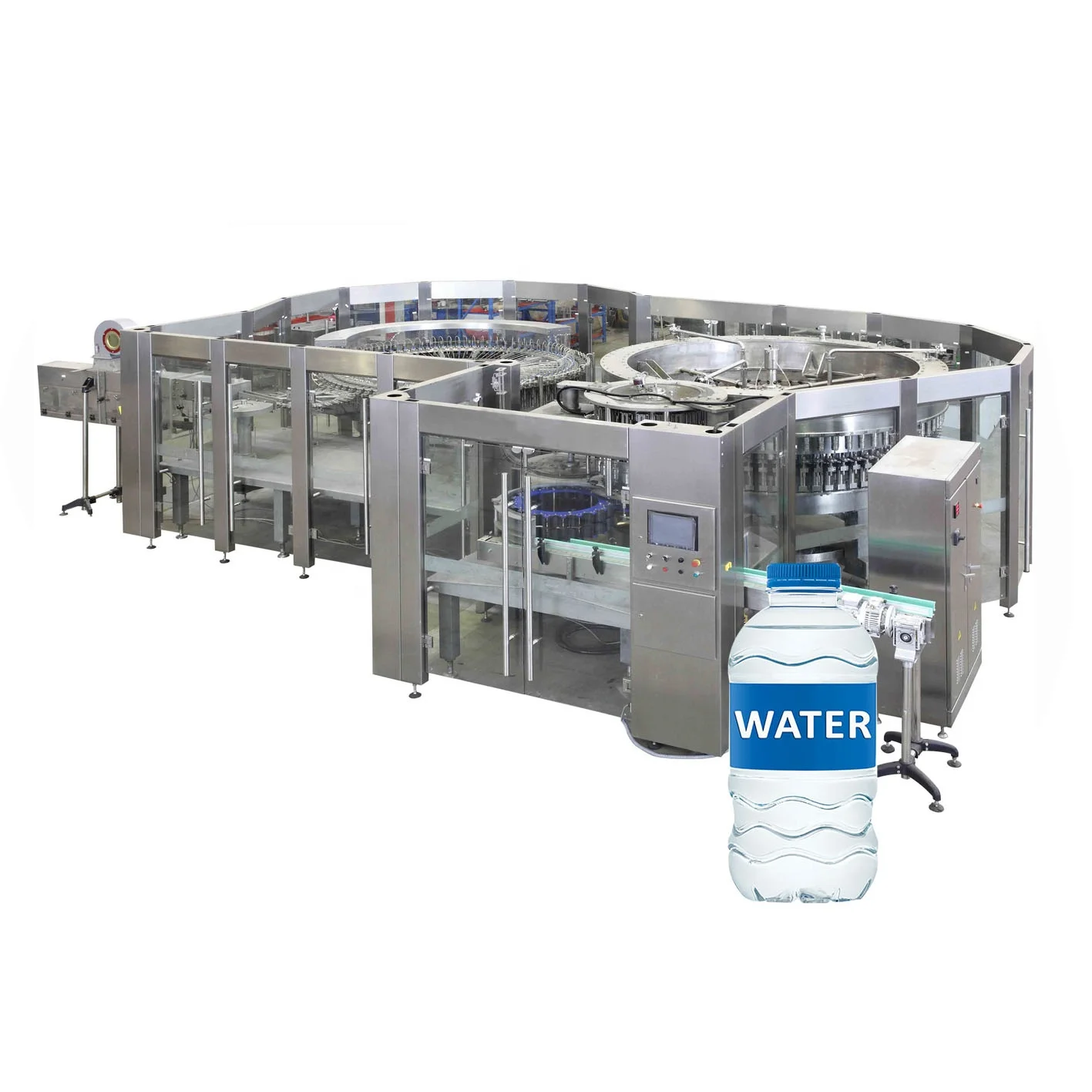
- Details The Three-in-One Filling Machine is employed for the filling production of various non-gaseous liquids in glass and polyester bottles. It achieves fully automatic bottle flipping, filling, and capping on one machine, thereby reducing the contact time between materials and the external environment. The machine facilitates convenient, rapid, and labor-saving bottle type changes. Its mechanical pressing and casting components are constructed with standard 304 materials to ensure corrosion resistance. The main unit adopts advanced PLC programmable automatic control technology, and critical electrical components are sourced from renowned manufacturers such as Mitsubishi Electric from Japan, Schneider Electric from France, and Omron from Europe.
- Start-up Preparation
- Check Lubricating Oil: Prior to start-up, inspect the lubrication points of the equipment. If lubricating oil is insufficient in oil cups and gears, add the corresponding lubricant as needed, ensuring proper lubrication each time.
- Check Moving Parts: Inspect parts of the equipment that frequently move for any looseness. Tighten if necessary and verify their positions to ensure stability before transitioning to automatic operation.
- Check Cover Washing Water Level: Ensure the water level in the cover washing water tank is sufficient and confirm that no tools or other items are left on the equipment, ensuring safety before operation.
- Valves: Verify that all valves are in normal condition and that the air pressure meets equipment requirements.
- Precautions
- Listen for Abnormal Sounds: During operation, pay attention to any abnormal sounds emitted by the equipment. If detected, conduct troubleshooting to identify and rectify the cause of the malfunction.
- Prohibition of Movement: It is strictly prohibited to stand on the equipment while it is in operation.
- Double Check: Verify whether the UV lamp for cover disinfection is activated, whether ozone is added to the cover compartment, and whether the pure water pump for cover disinfection is supplying water normally.
- Troubleshooting and Solutions
- Leakage from Filling Valve: Potential causes of leakage from the filling valve include failure to reset the filling valve after opening or improper sealing of the sealing ring.
- High or Misaligned Caps: Possible causes of high or misaligned caps include improper coordination between caps and bottles, insufficient torque applied by the capping head, or issues with the bottle feeding mechanism such as misalignment or looseness.
- Bottle Dropout: If bottles are dropped by the bottle washing clamp, potential causes include issues with the bottle neck positioning on the air conveyor or worn-out or loose components of the bottle washing clamp, necessitating replacement.
- Inadequate Capping Torque Adjustment: If the capping head's torque cannot be adjusted properly, consider replacing the magnet and inspecting the internal spring for adequate tension. Additionally, if the capping head fails to return to its original position after capping, it must be disassembled for inspection and component replacement.
- Cap Jamming: If caps consistently jam at the star wheel, adjust the star wheel's position until smooth operation is achieved. For jams at the exit of the capping machine, inspect components at the exit for any obstructions and adjust the air pressure for cap blowing as necessary.
- Unclear Cap Removal: If cap removal is not smooth, adjust the spring pressure on the cap removal disc and inspect adjacent contact points for proper operation.
TAG: filling machines Water Filling Machines
-
![Automatic PET Bottle Blowing Filling Capping Machine – Best price beverage machinery]() Automatic PET Bottle Blowing Filling Capping Machine – Best price beverage machinery
Automatic PET Bottle Blowing Filling Capping Machine – Best price beverage machinery -
![Drinking water production line – Bottled Water Filling Machine Manufacturer]() Drinking water production line – Bottled Water Filling Machine Manufacturer
Drinking water production line – Bottled Water Filling Machine Manufacturer -
![Beverage Filling Line – Juice, Water, Soft Drinks, cola, Beer]() Beverage Filling Line – Juice, Water, Soft Drinks, cola, Beer
Beverage Filling Line – Juice, Water, Soft Drinks, cola, Beer -
![Automatic Pure Water Bottling Filling Machine]() Automatic Pure Water Bottling Filling Machine
Automatic Pure Water Bottling Filling Machine -
![Fully Automatic Beverage Filling Machine]() Fully Automatic Beverage Filling Machine
Fully Automatic Beverage Filling Machine -
![3-In-1 Water Bottle Filling Machine]() 3-In-1 Water Bottle Filling Machine
3-In-1 Water Bottle Filling Machine -
![Mono-block Filling Machine 3 in 1]() Mono-block Filling Machine 3 in 1
Mono-block Filling Machine 3 in 1
-
![Automatic PET Bottle Blowing Filling Capping Machine – Best price beverage machinery]() Automatic PET Bottle Blowing Filling Capping Machine – Best price beverage machineryOct , 24 /2025
Automatic PET Bottle Blowing Filling Capping Machine – Best price beverage machineryOct , 24 /2025 -
![Drinking water production line – Bottled Water Filling Machine Manufacturer]() Drinking water production line – Bottled Water Filling Machine ManufacturerSep , 11 /2025
Drinking water production line – Bottled Water Filling Machine ManufacturerSep , 11 /2025 -
![Beverage Filling Line – Juice, Water, Soft Drinks, cola, Beer]() Beverage Filling Line – Juice, Water, Soft Drinks, cola, BeerJul , 21 /2025
Beverage Filling Line – Juice, Water, Soft Drinks, cola, BeerJul , 21 /2025 -
![Automatic Pure Water Bottling Filling Machine]() Automatic Pure Water Bottling Filling MachineDec , 21 /2023
Automatic Pure Water Bottling Filling MachineDec , 21 /2023 -
![Fully Automatic Beverage Filling Machine]() Fully Automatic Beverage Filling MachineOct , 11 /2023
Fully Automatic Beverage Filling MachineOct , 11 /2023 -
![3-In-1 Water Bottle Filling Machine]() 3-In-1 Water Bottle Filling MachineOct , 10 /2023
3-In-1 Water Bottle Filling MachineOct , 10 /2023 -
![12000BPH Pure Water Filling Line Debugging Successfully Completed]() 12000BPH Pure Water Filling Line Debugging Successfully CompletedMar , 24 /2023
12000BPH Pure Water Filling Line Debugging Successfully CompletedMar , 24 /2023 -
![Unveiling the Precision and Efficiency of Water Filling Machines]() Unveiling the Precision and Efficiency of Water Filling MachinesMar , 24 /2023
Unveiling the Precision and Efficiency of Water Filling MachinesMar , 24 /2023 -
![What should be paid attention to when purchasing food-specific filling machines?]() What should be paid attention to when purchasing food-specific filling machines?Apr , 21 /2023
What should be paid attention to when purchasing food-specific filling machines?Apr , 21 /2023 -
![200-500ml Ultra-Clean Filling Machine]() 200-500ml Ultra-Clean Filling MachineJun , 09 /2023
200-500ml Ultra-Clean Filling MachineJun , 09 /2023 -
![Filling Machine, Classification, Workflow, Instructions for Use, Procurement]() Filling Machine, Classification, Workflow, Instructions for Use, ProcurementJun , 19 /2023
Filling Machine, Classification, Workflow, Instructions for Use, ProcurementJun , 19 /2023 -
![Revolutionizing Beverage Production: The Ultimate Beverage Filling Machine]() Revolutionizing Beverage Production: The Ultimate Beverage Filling MachineJun , 27 /2023
Revolutionizing Beverage Production: The Ultimate Beverage Filling MachineJun , 27 /2023 -
![How much does a small fully automatic bottled drinking water equipment cost?]() How much does a small fully automatic bottled drinking water equipment cost?Jan , 03 /2024
How much does a small fully automatic bottled drinking water equipment cost?Jan , 03 /2024 -
![The process flow of mineral water production line]() The process flow of mineral water production lineFeb , 06 /2024
The process flow of mineral water production lineFeb , 06 /2024


